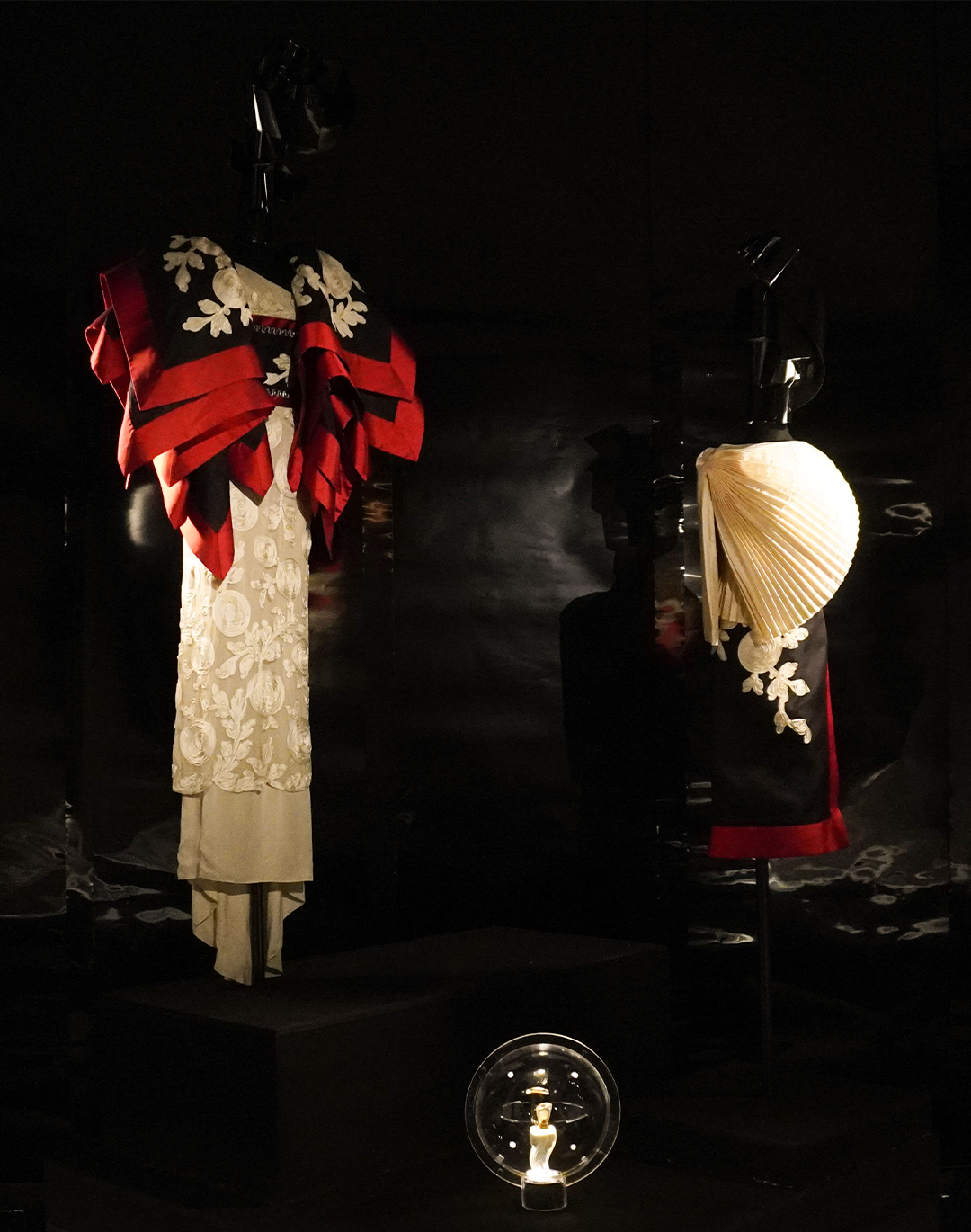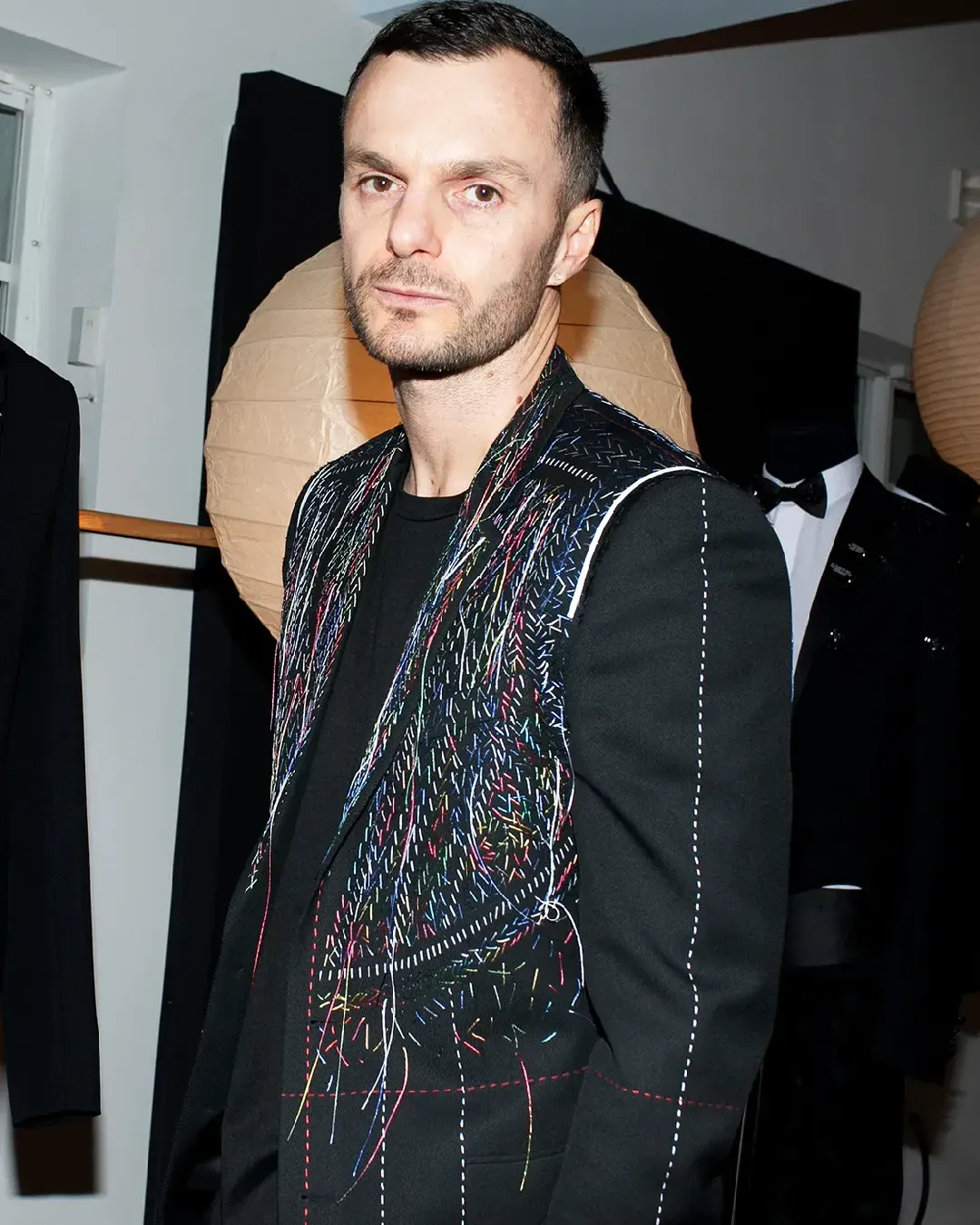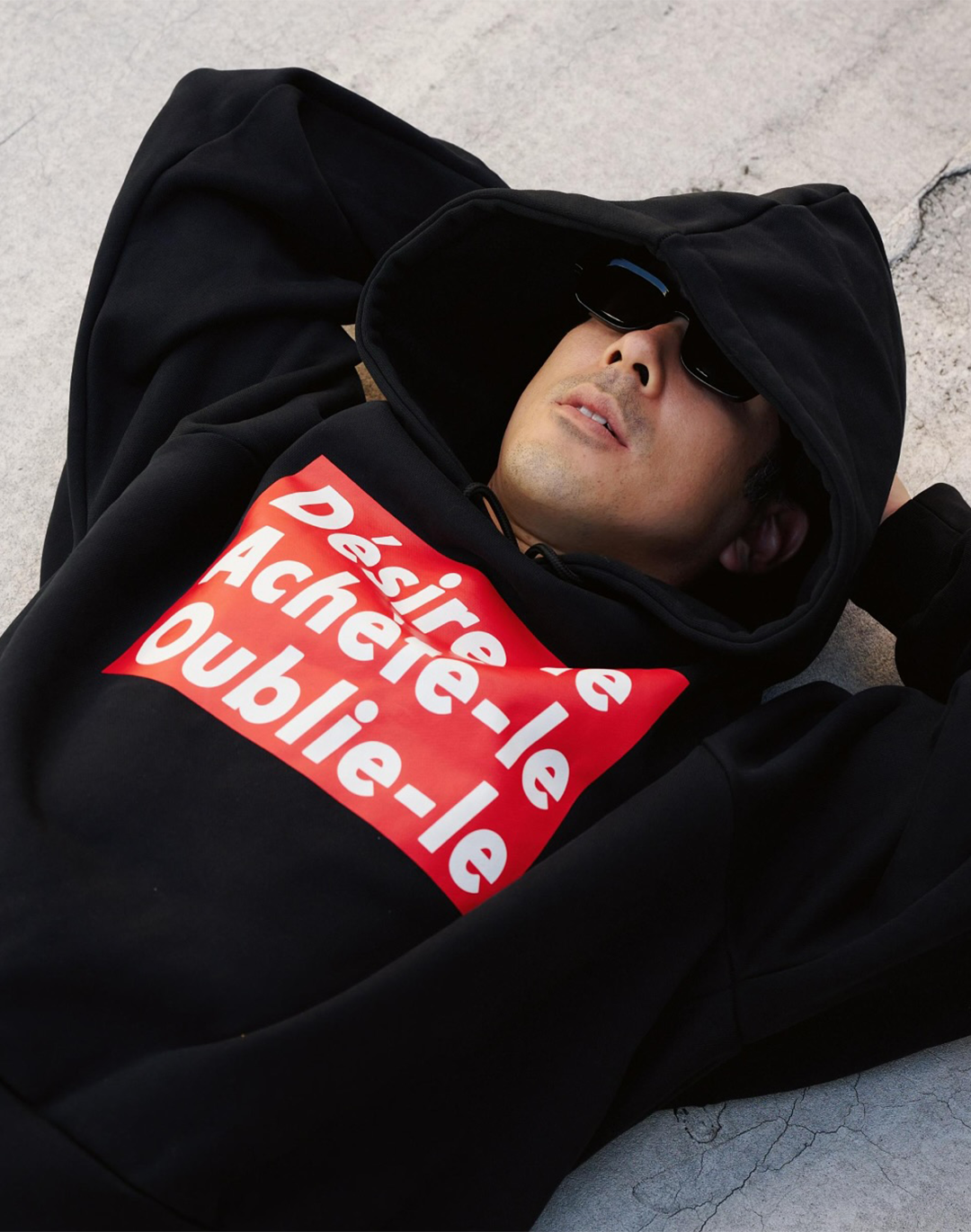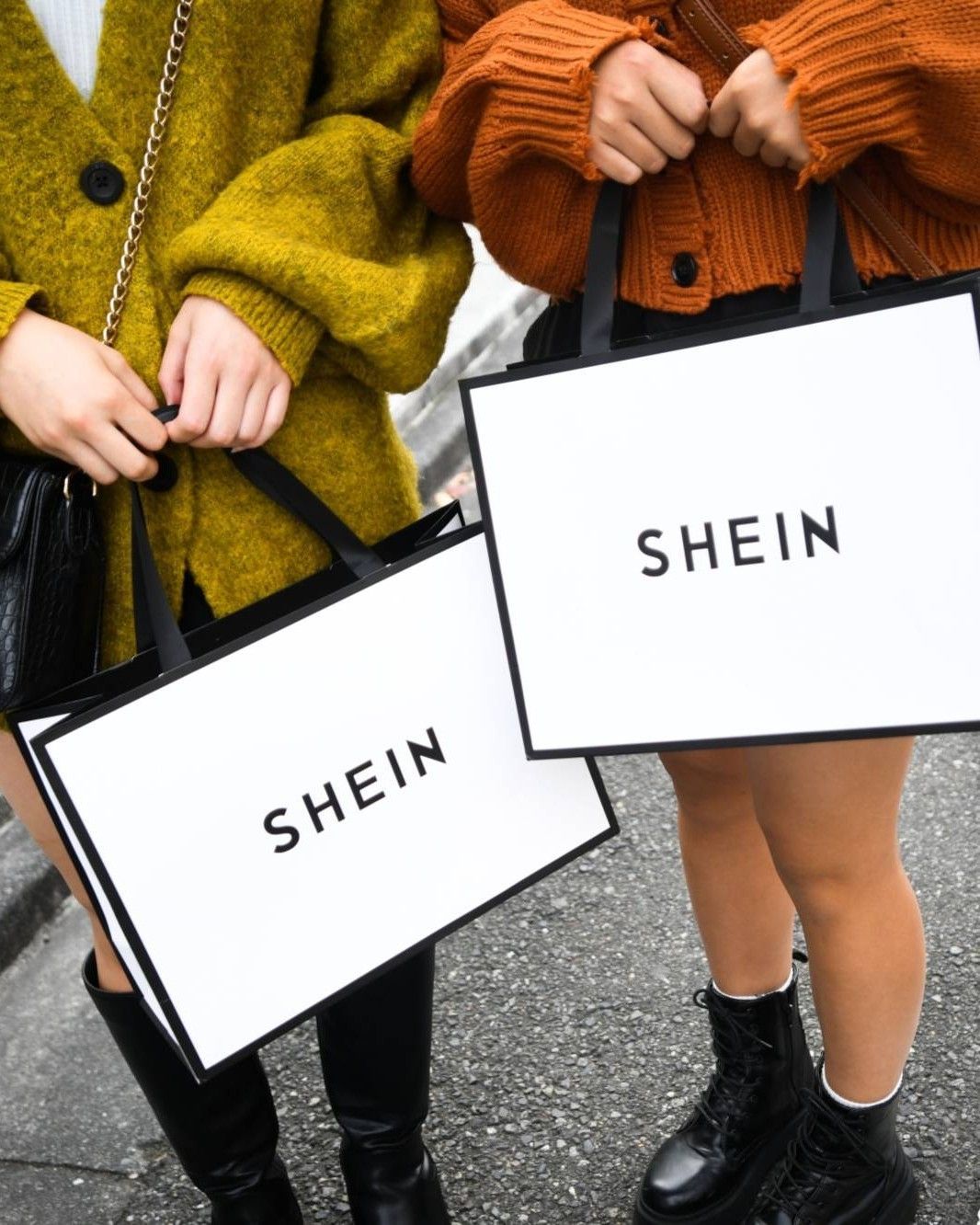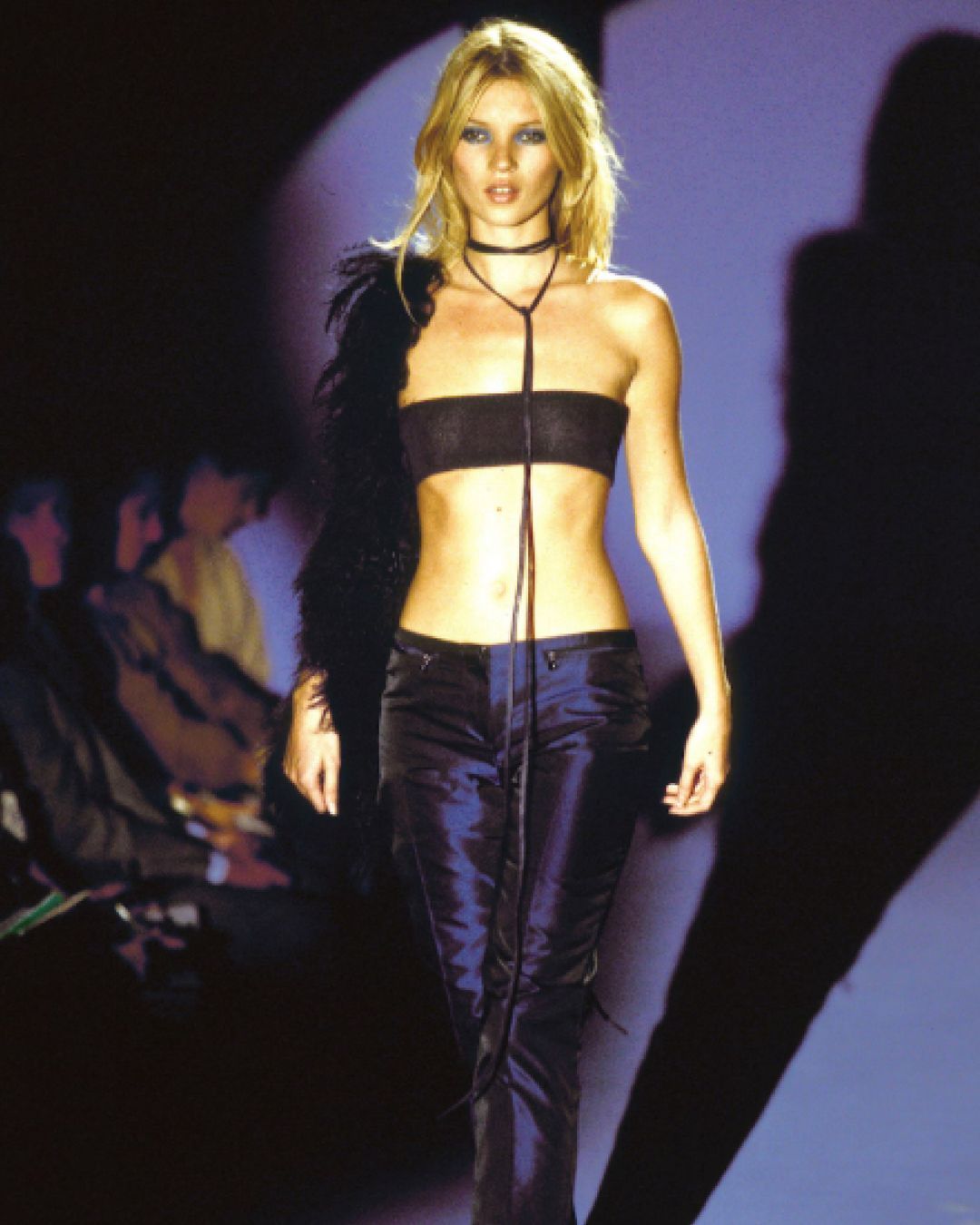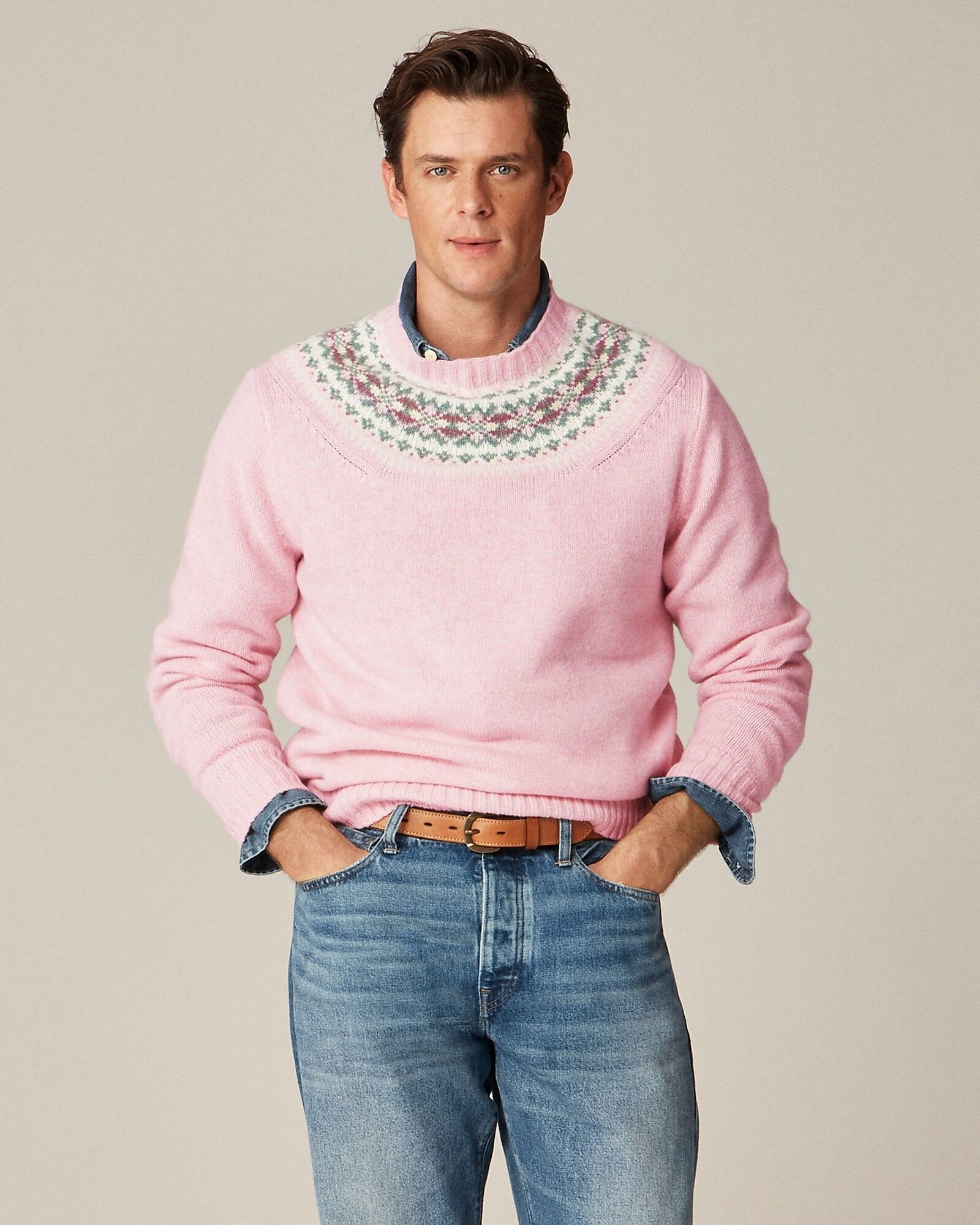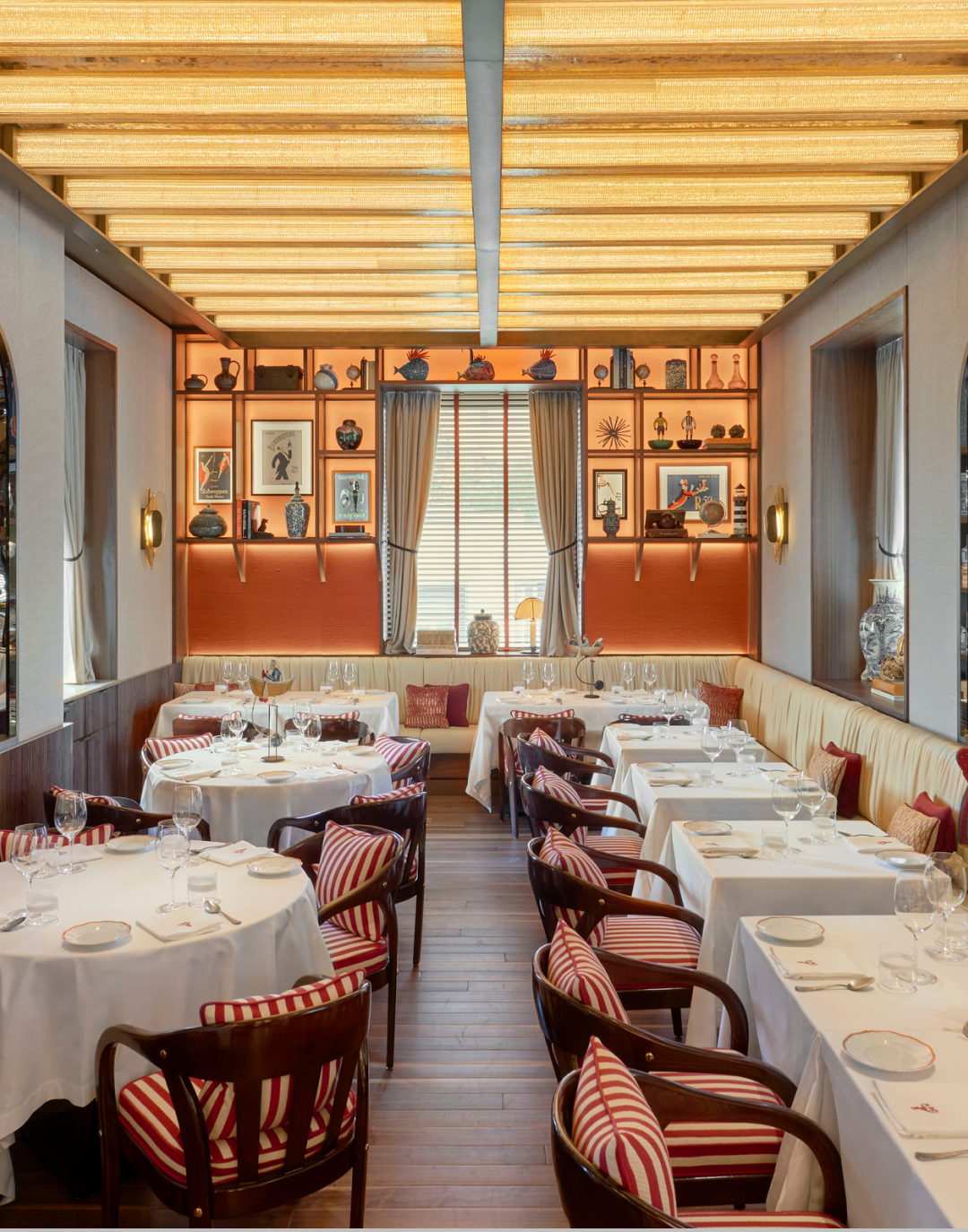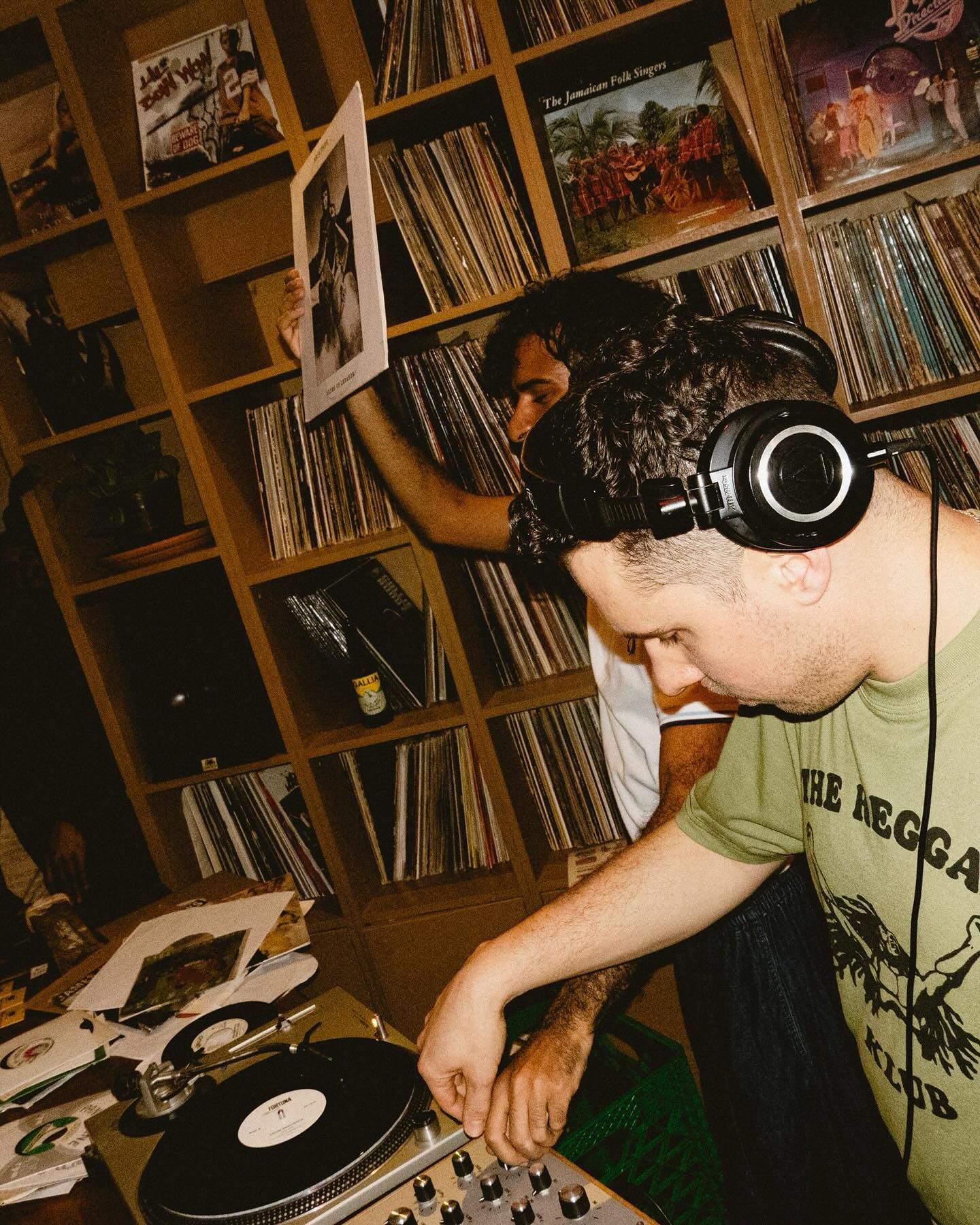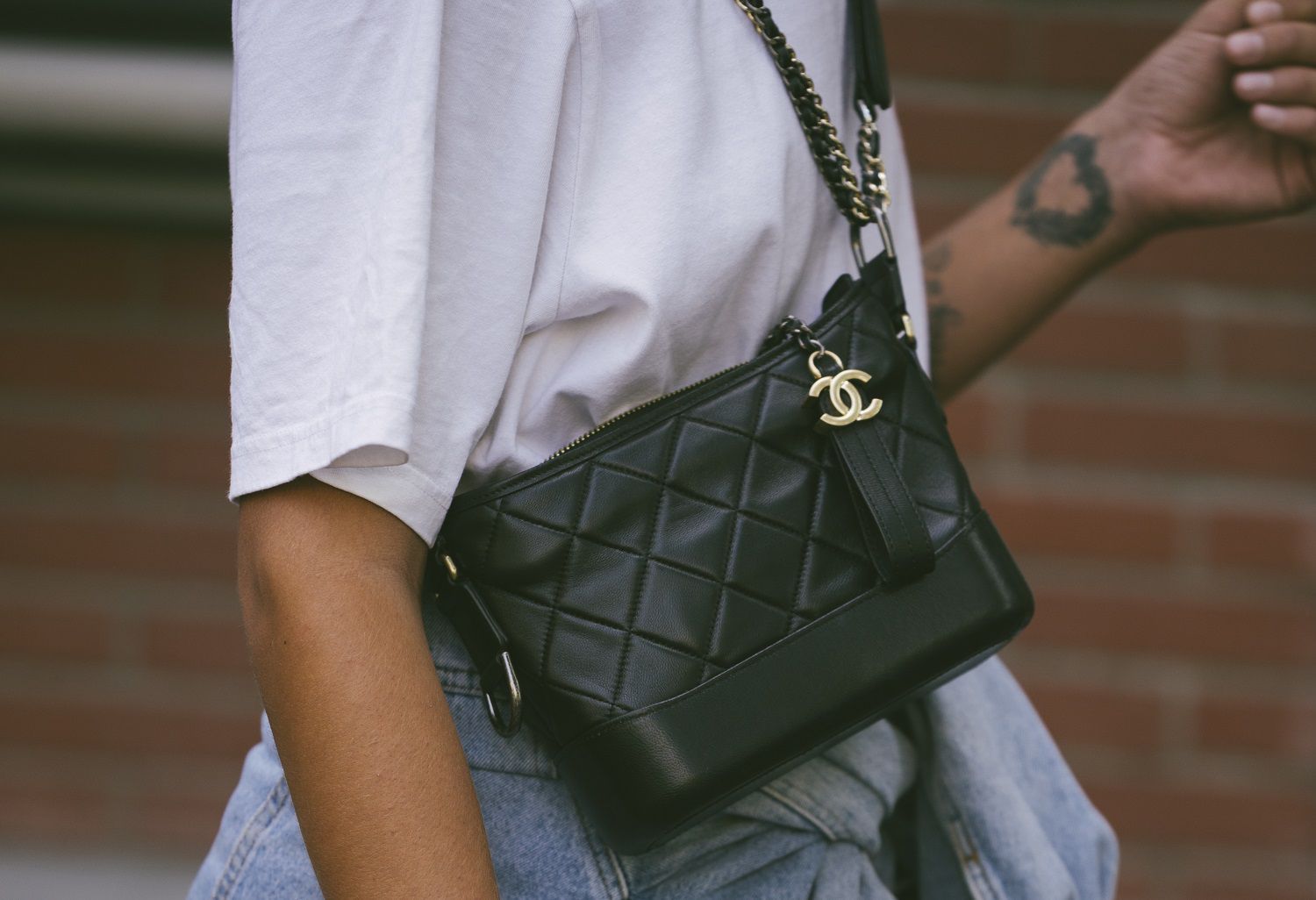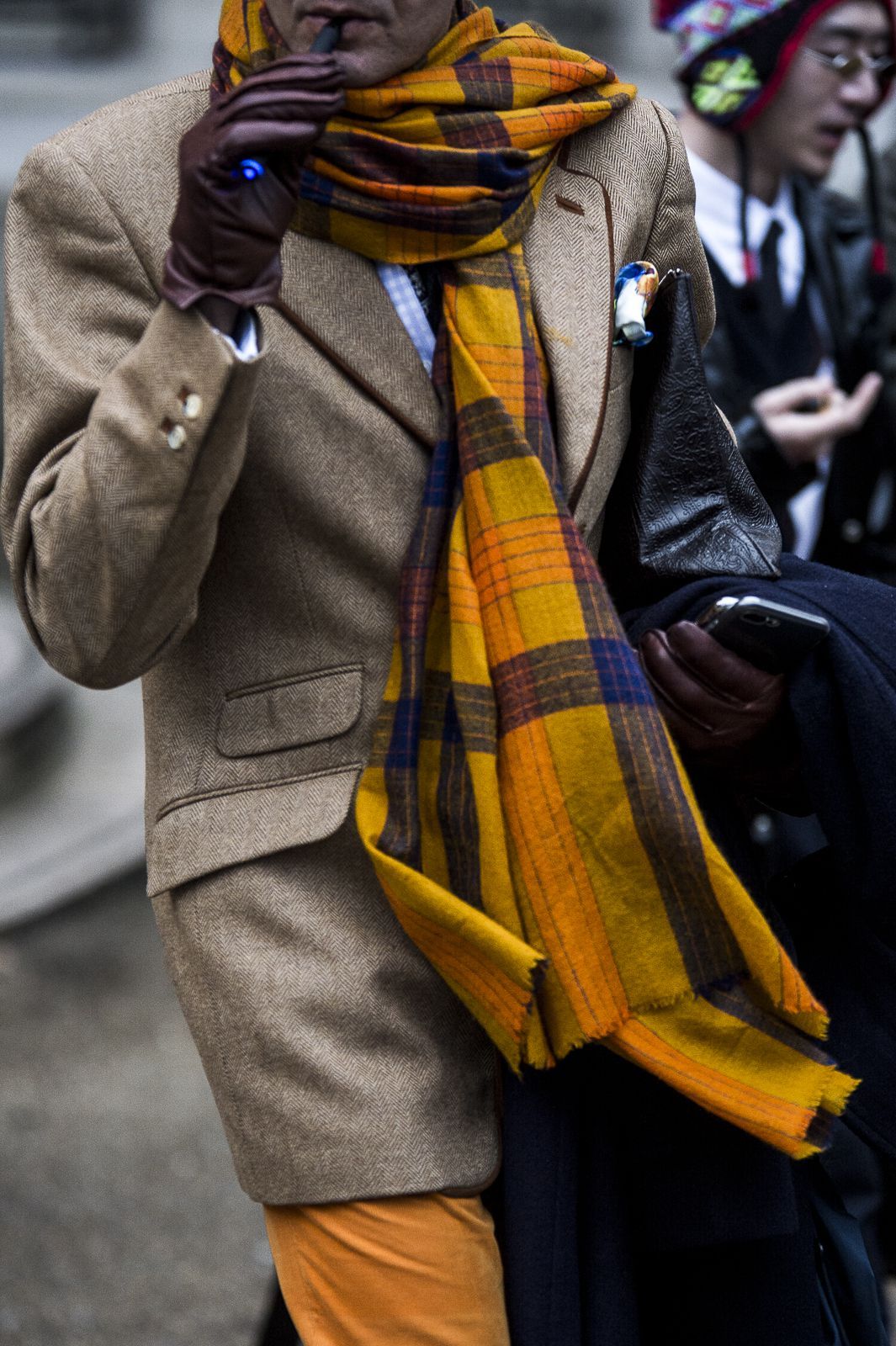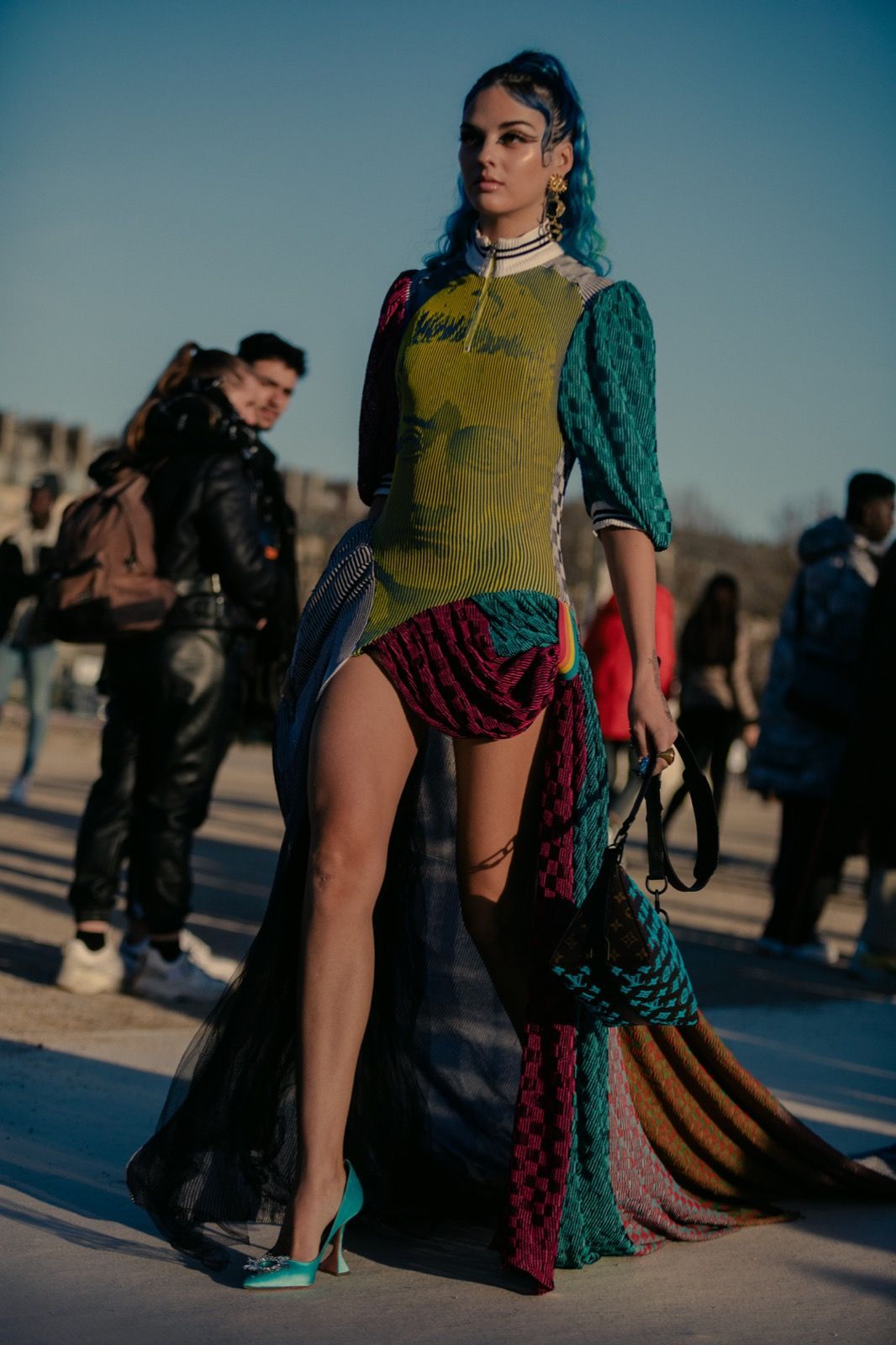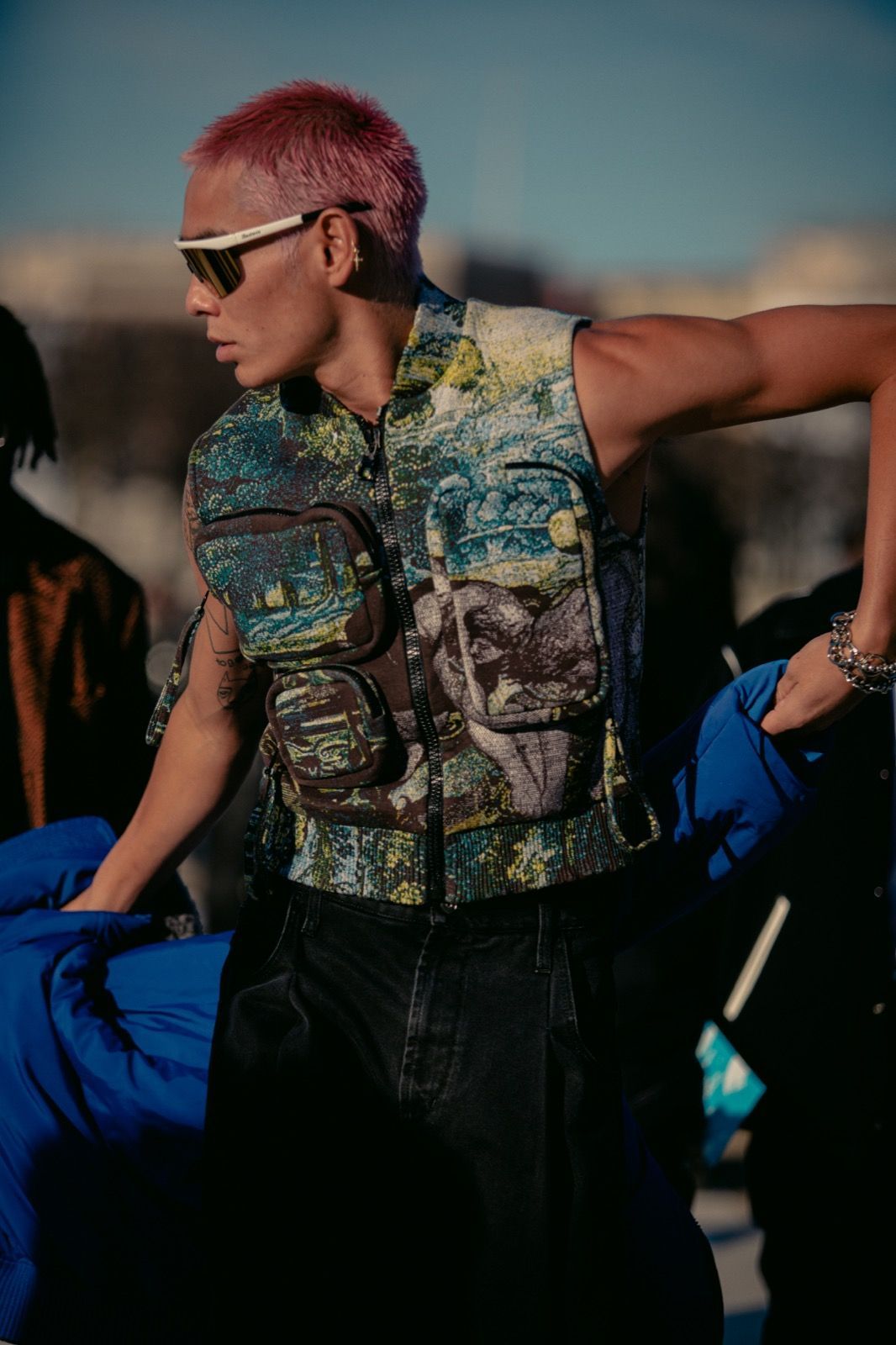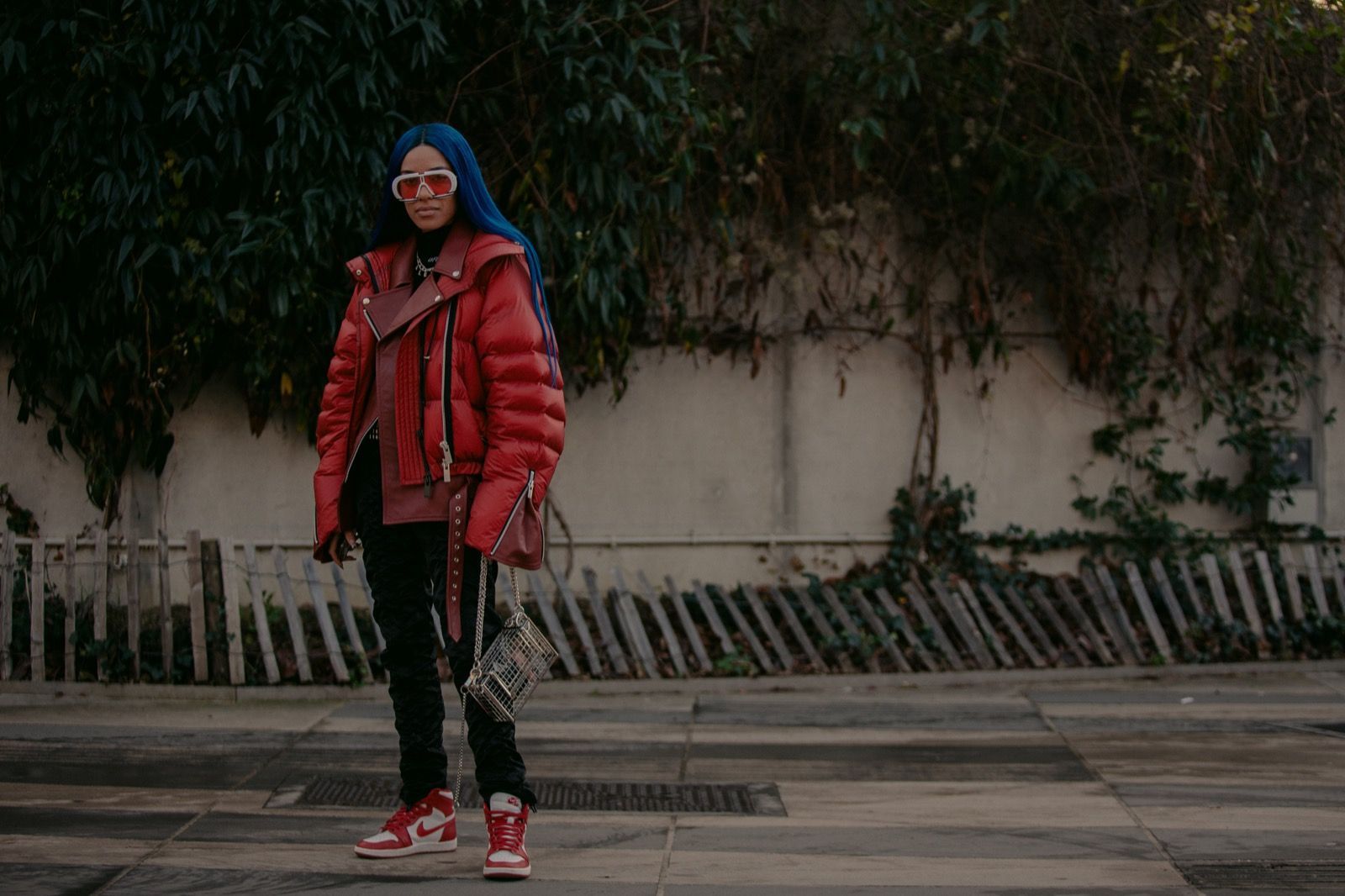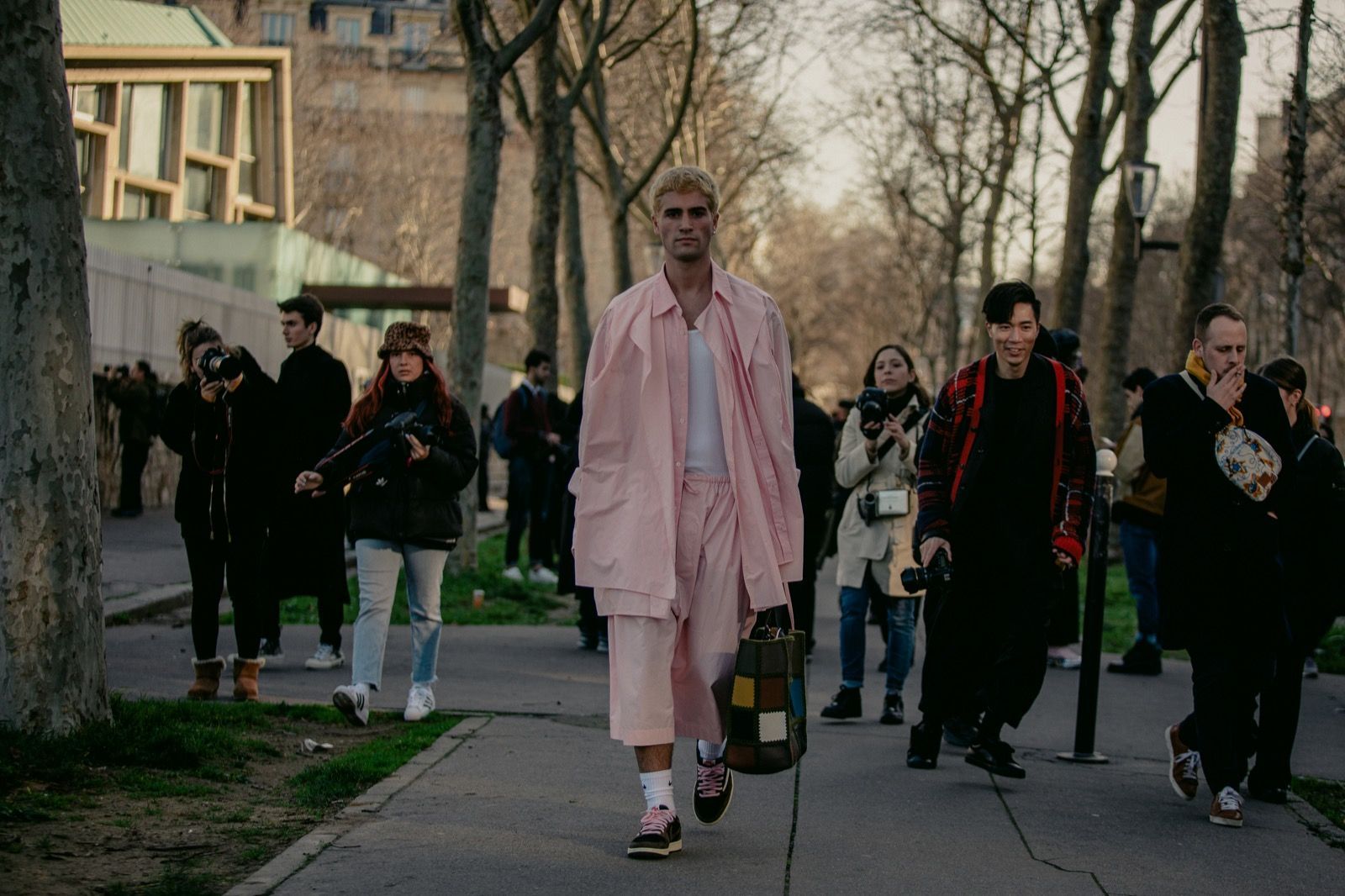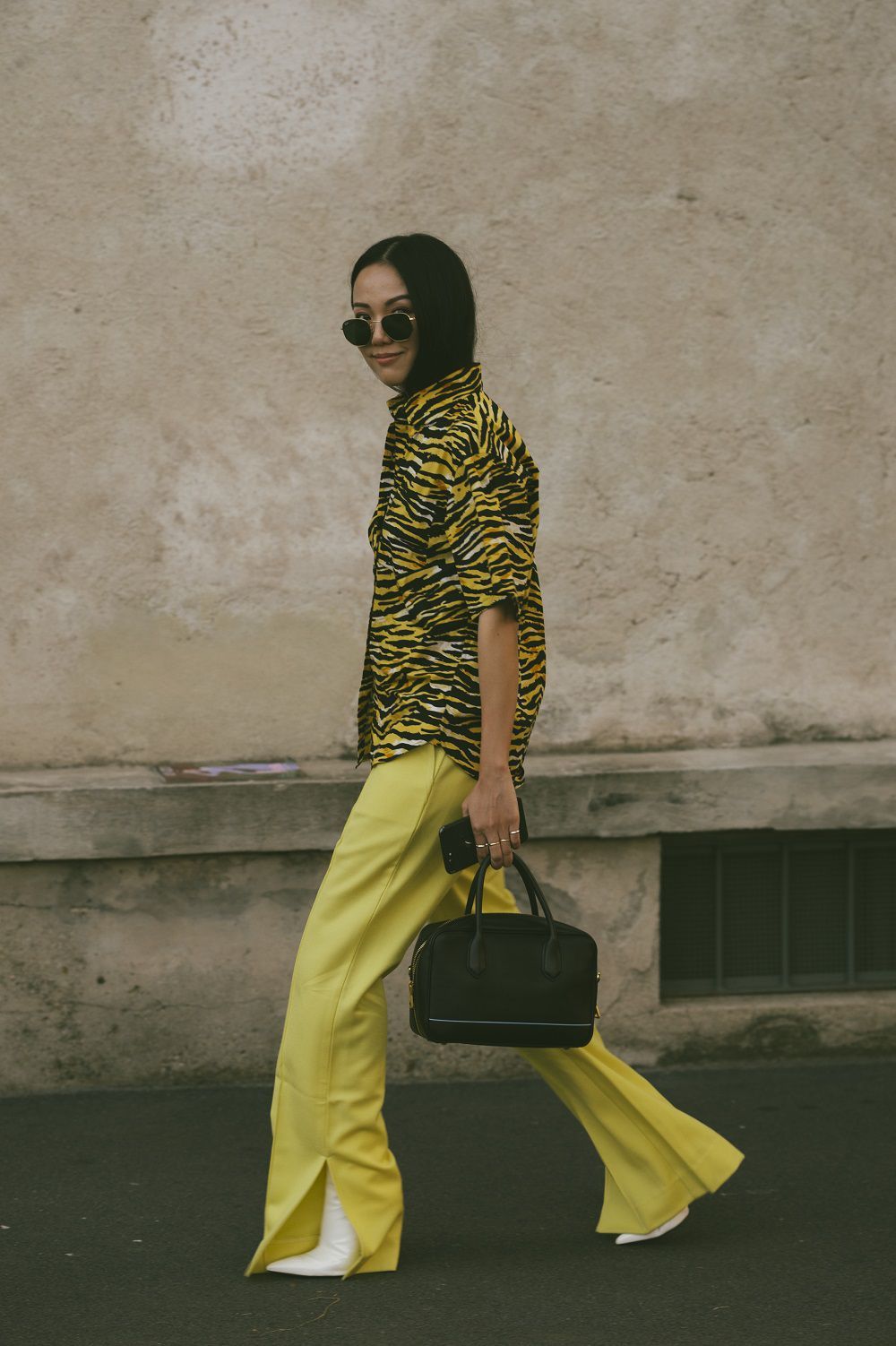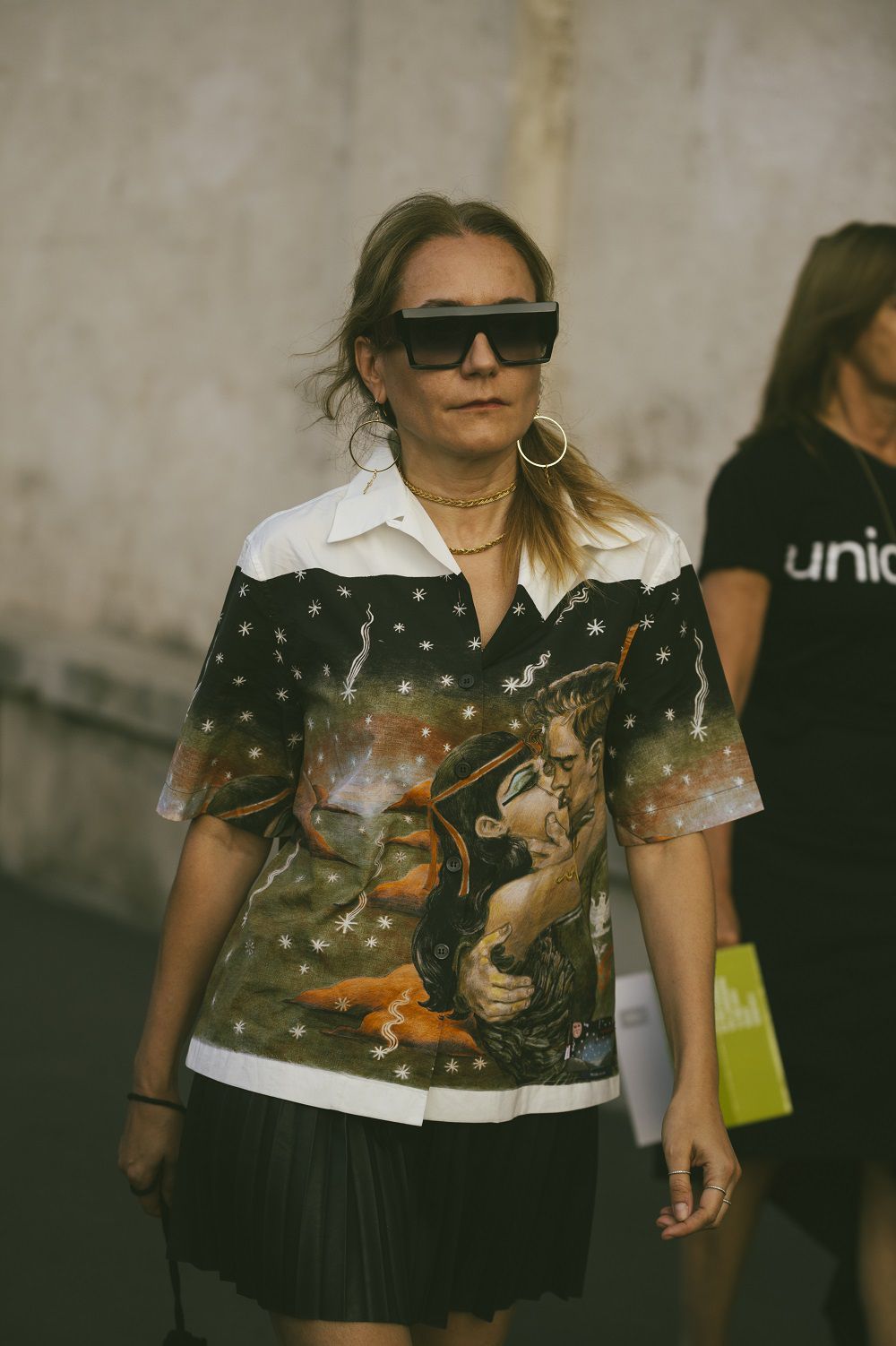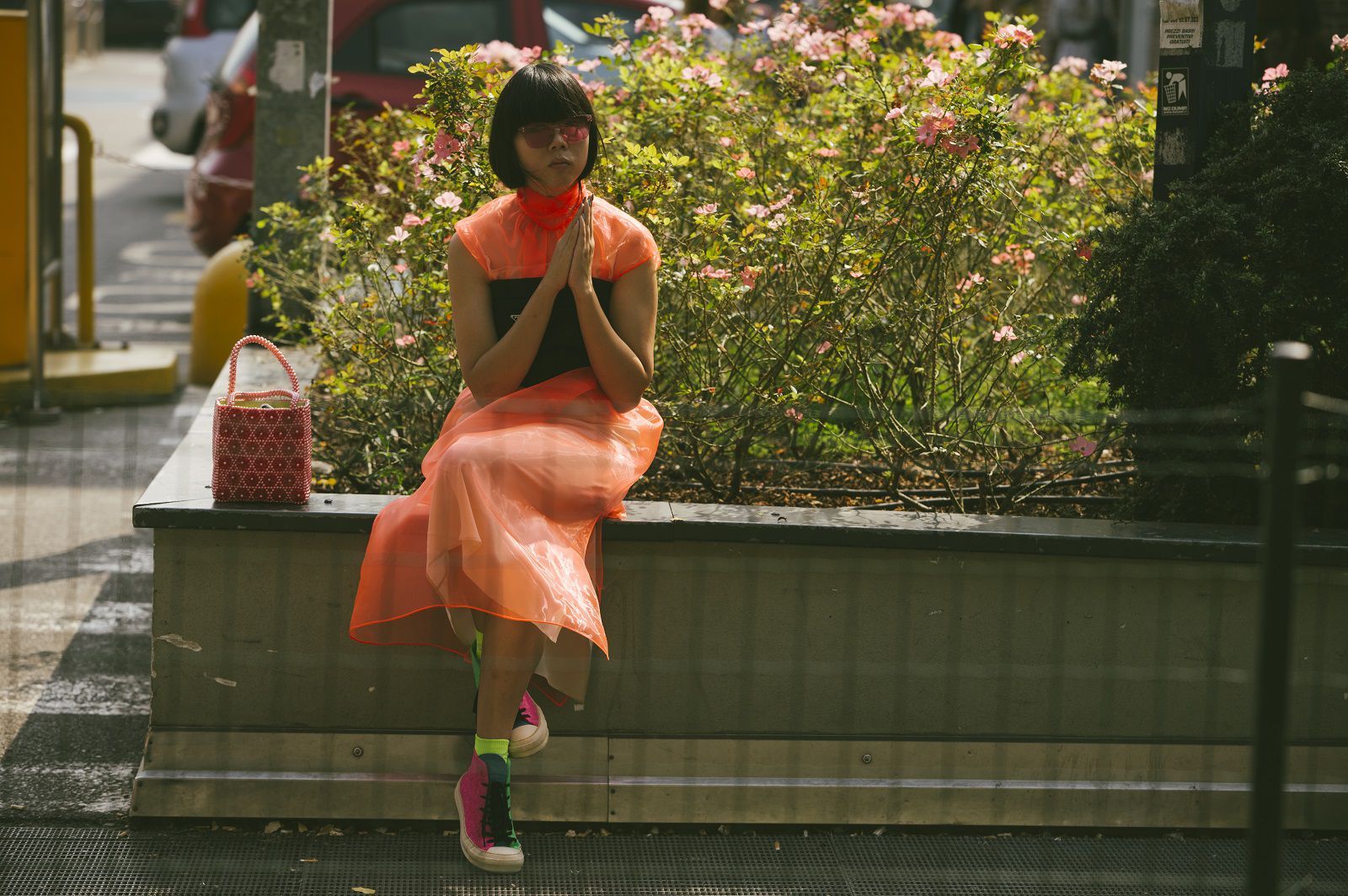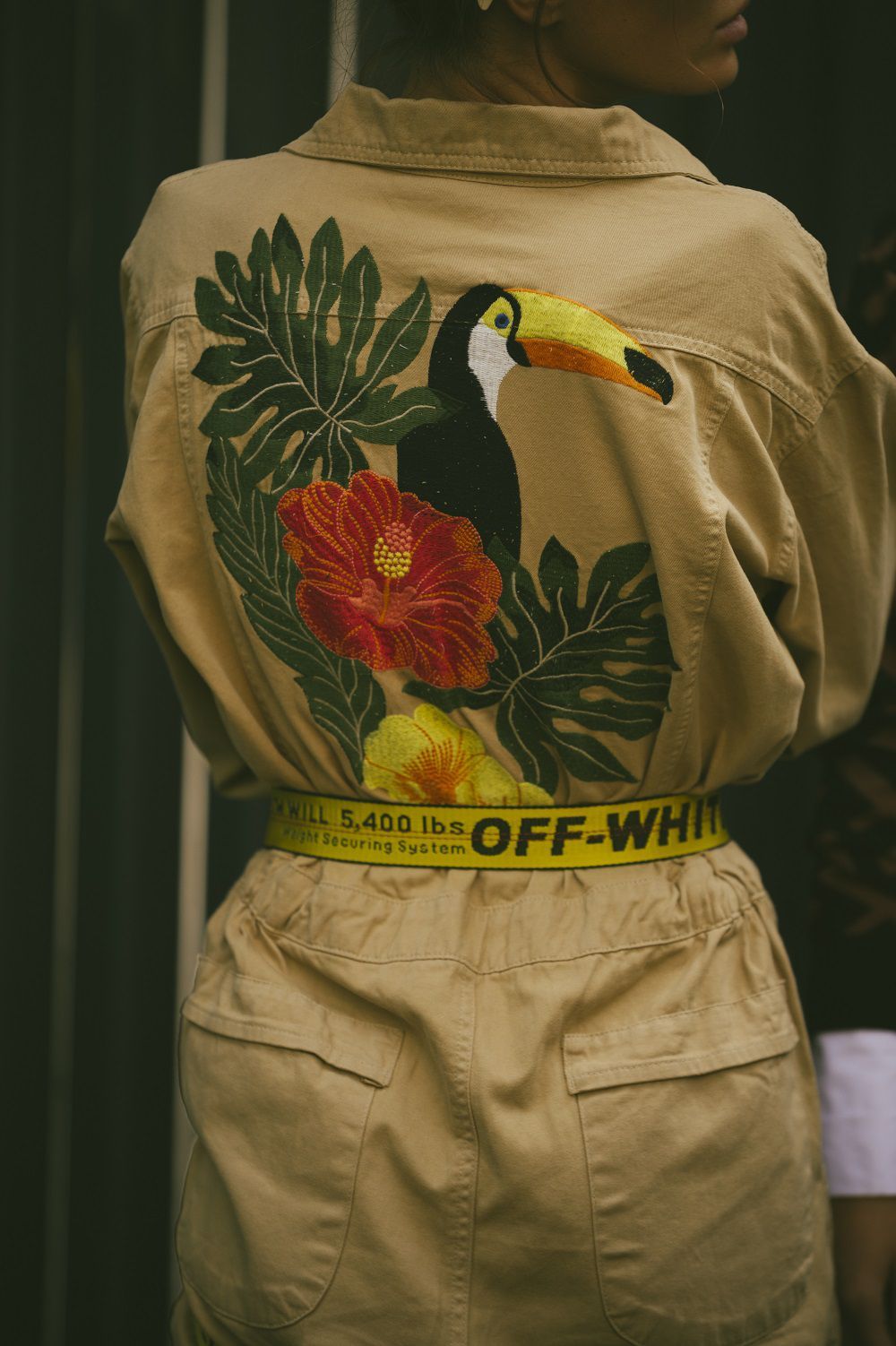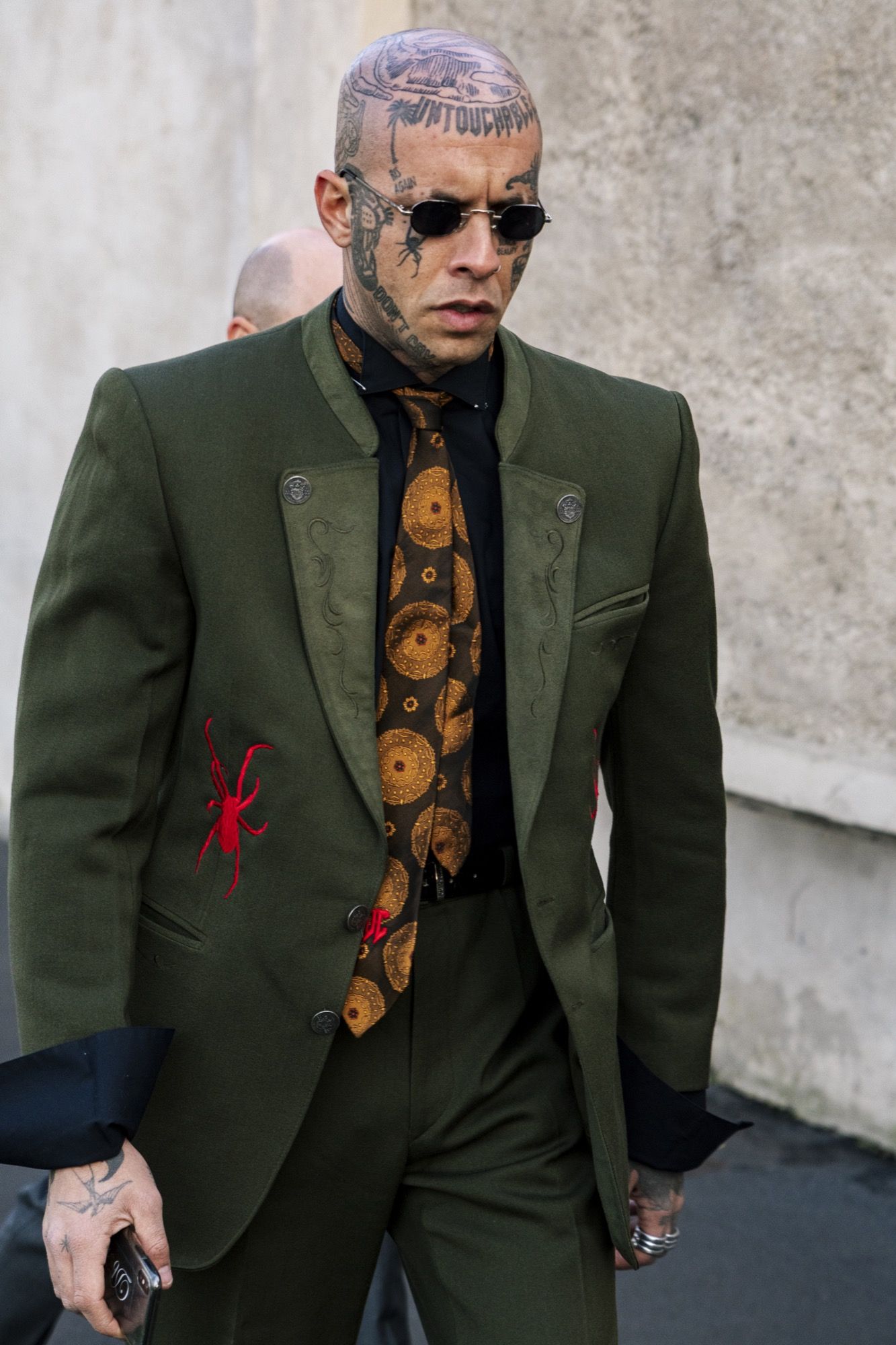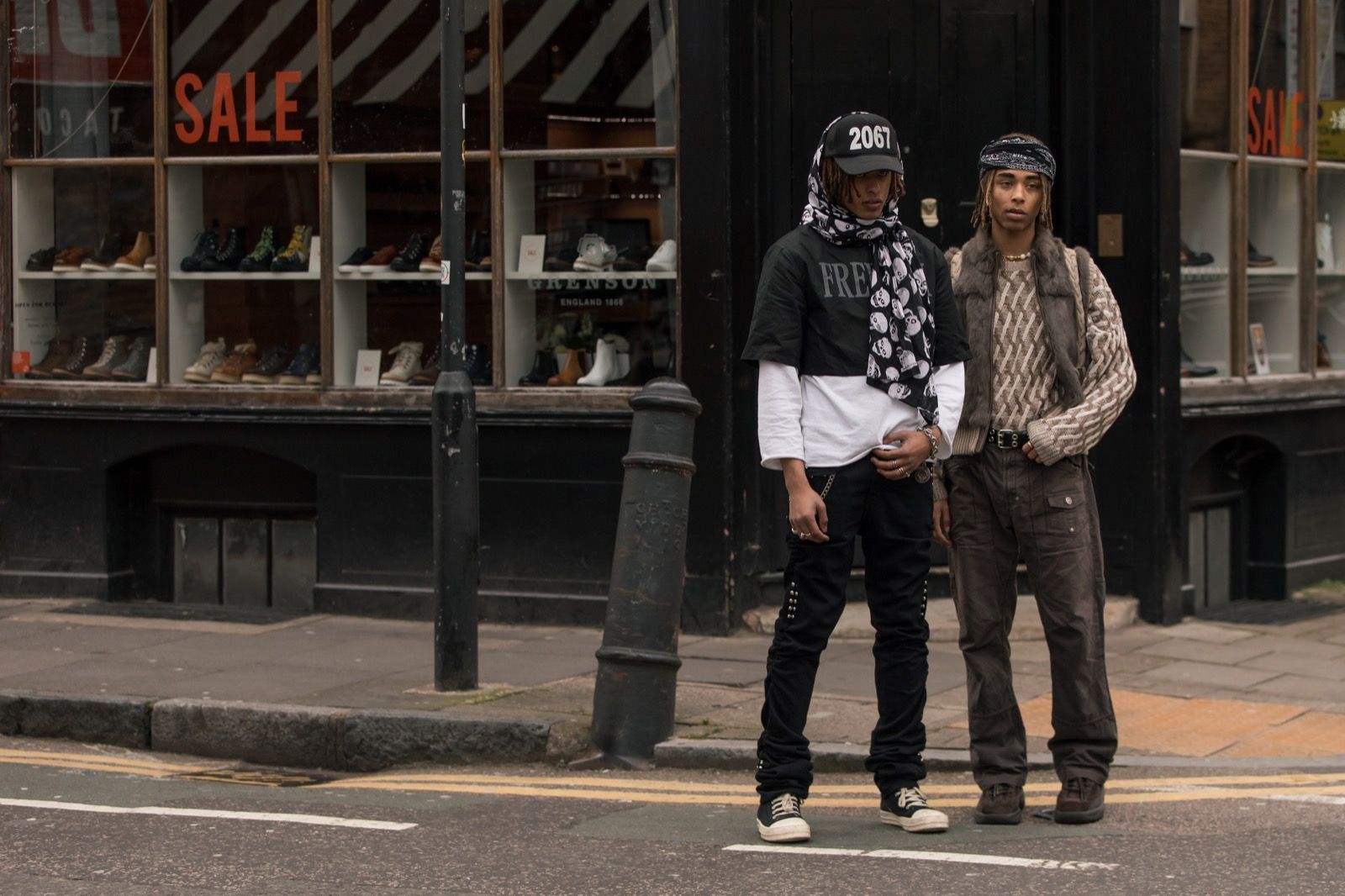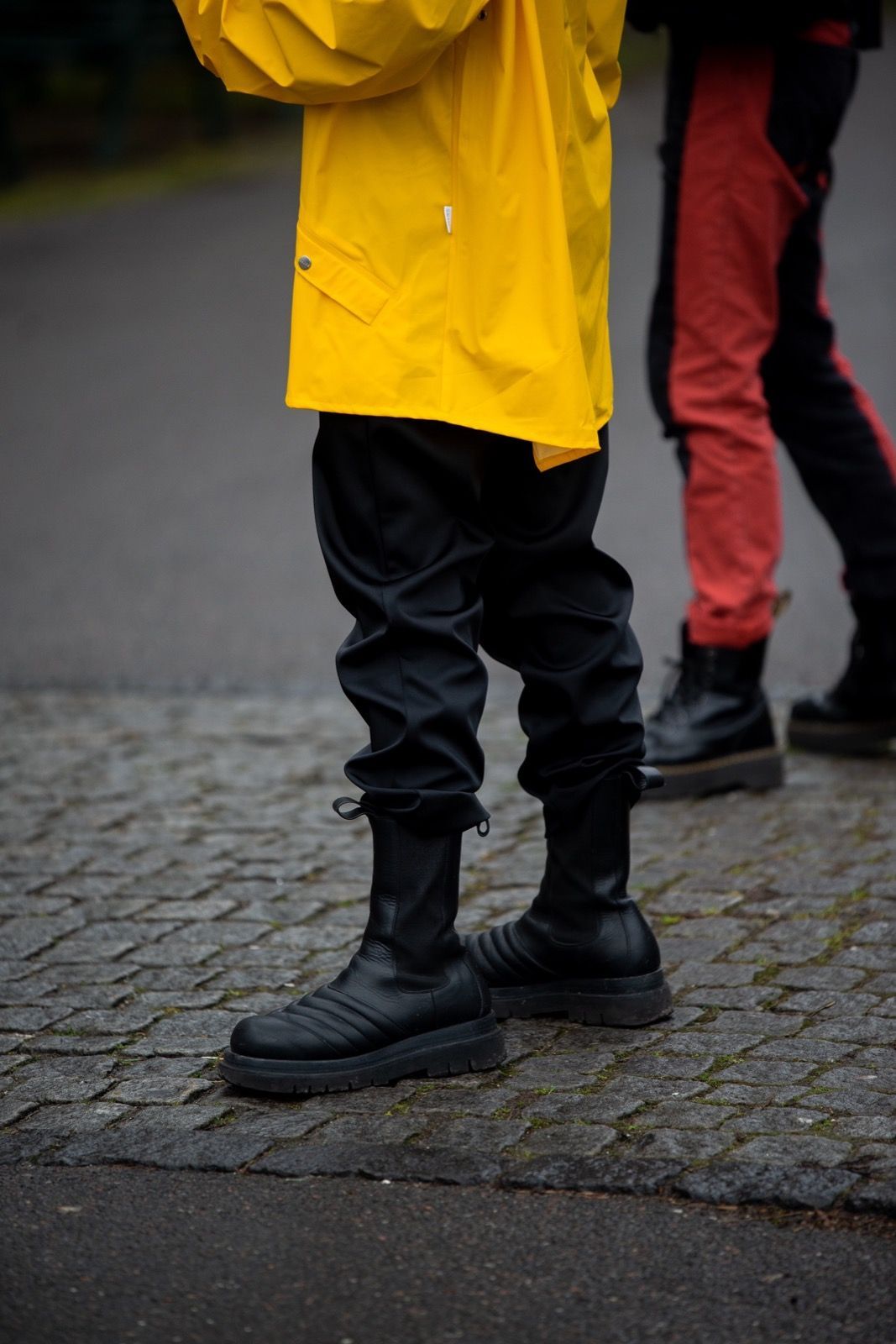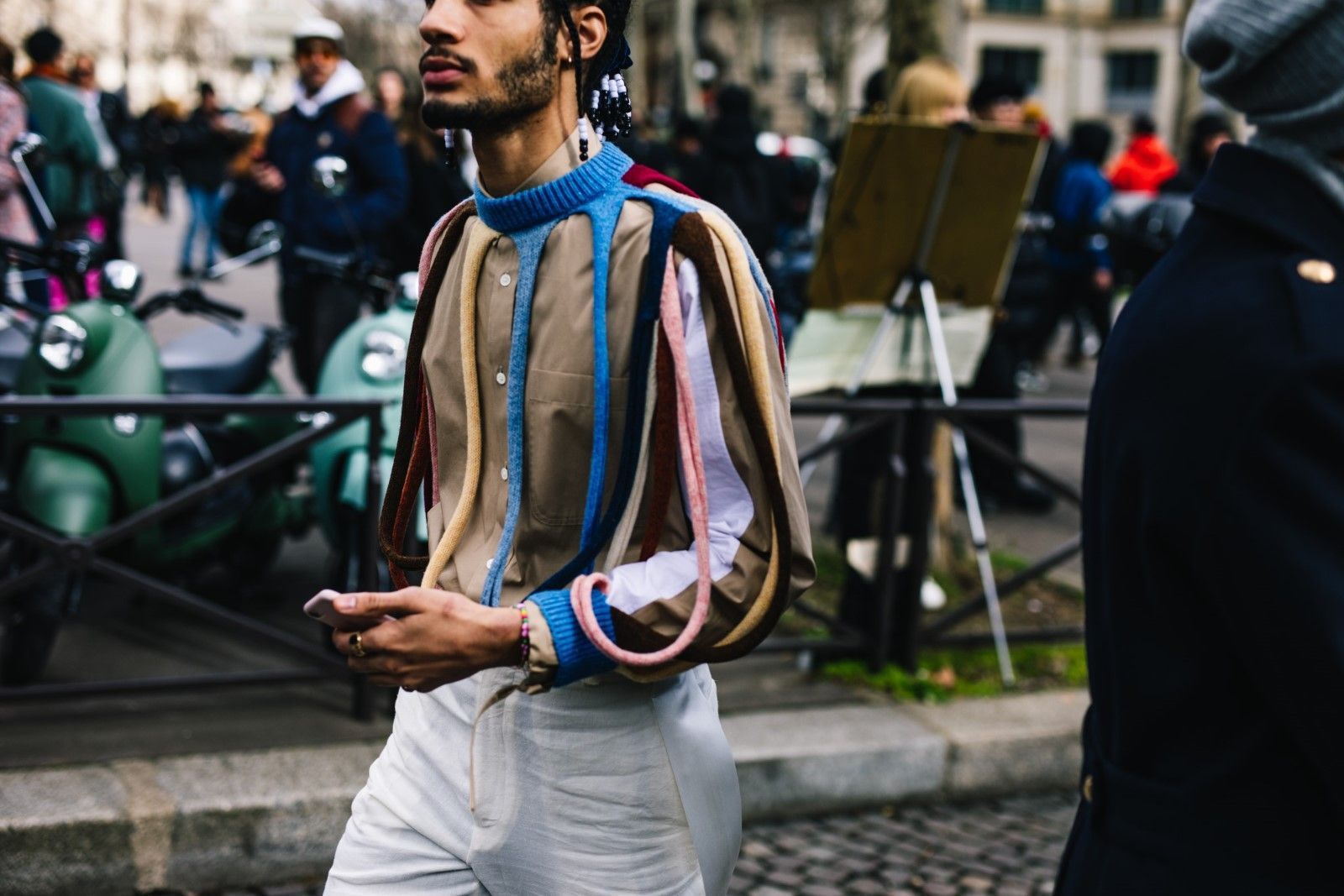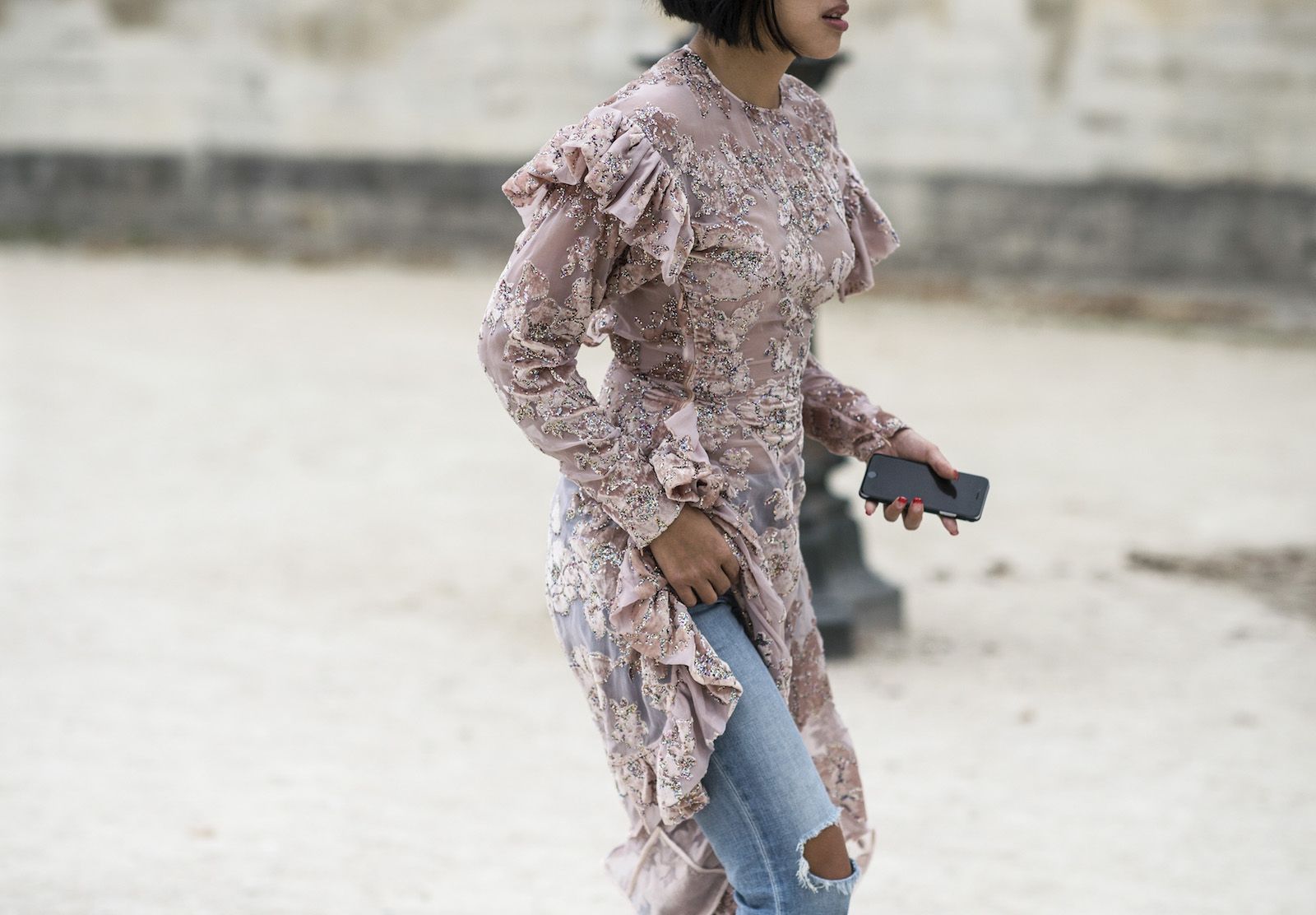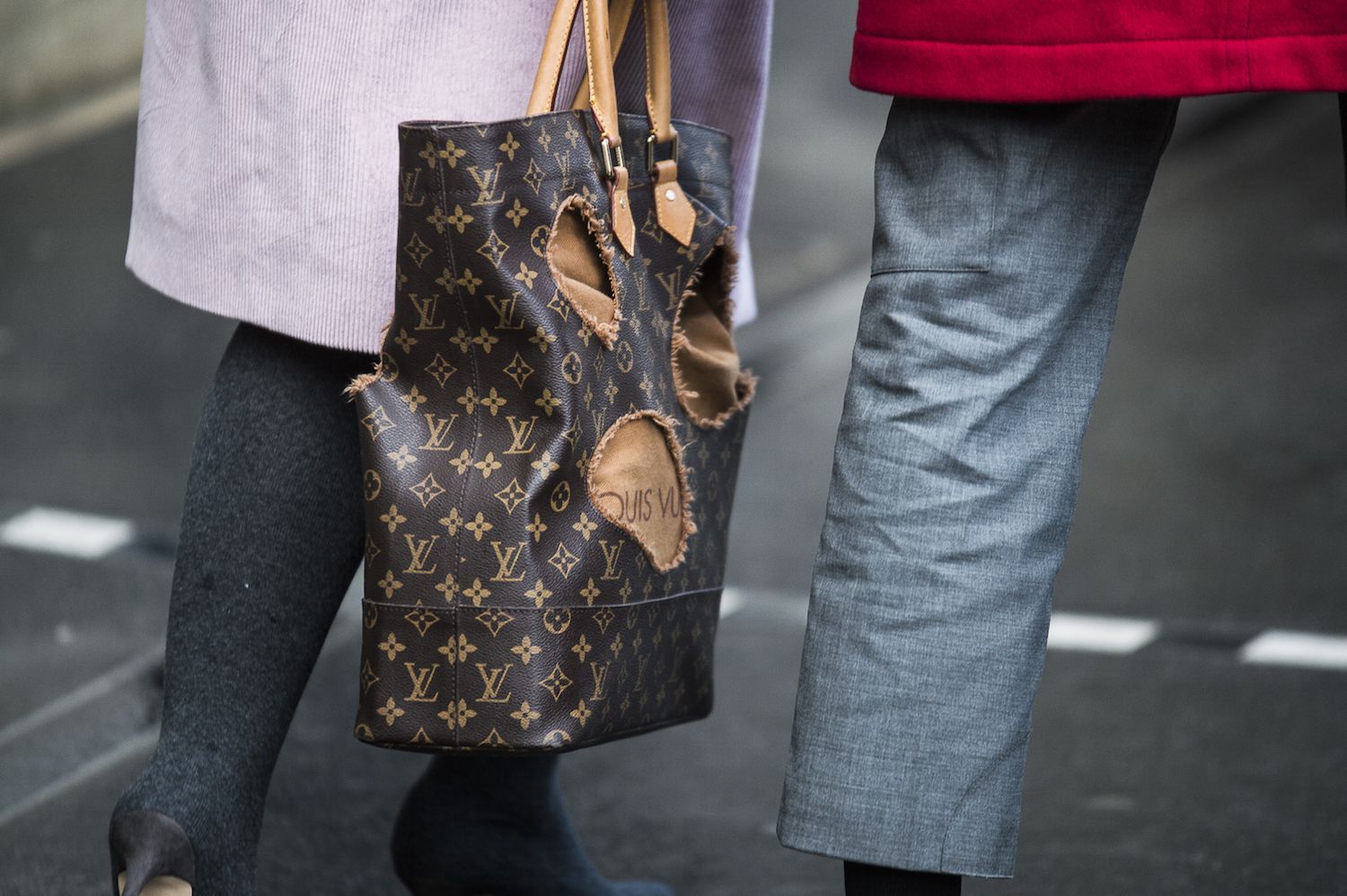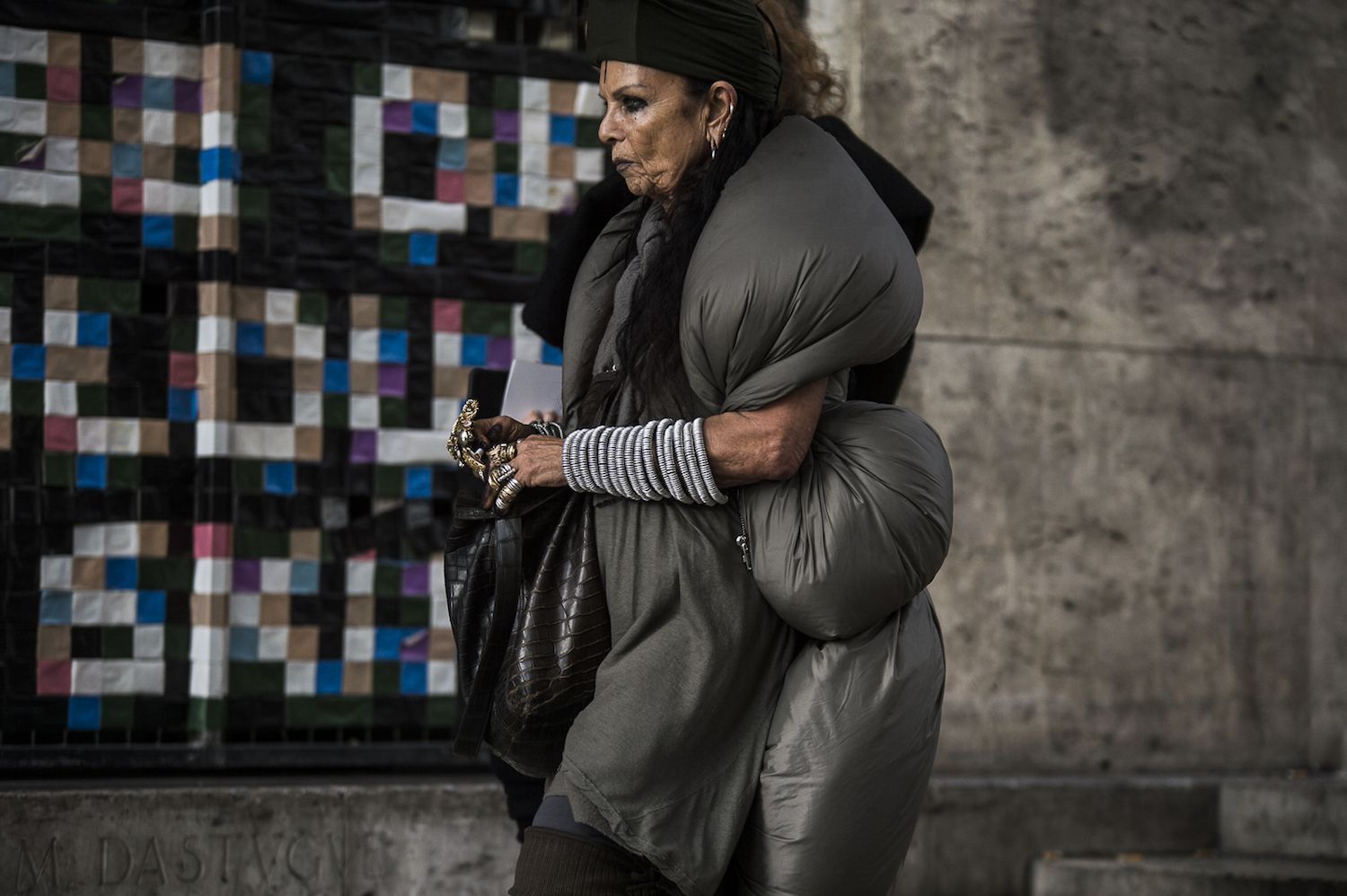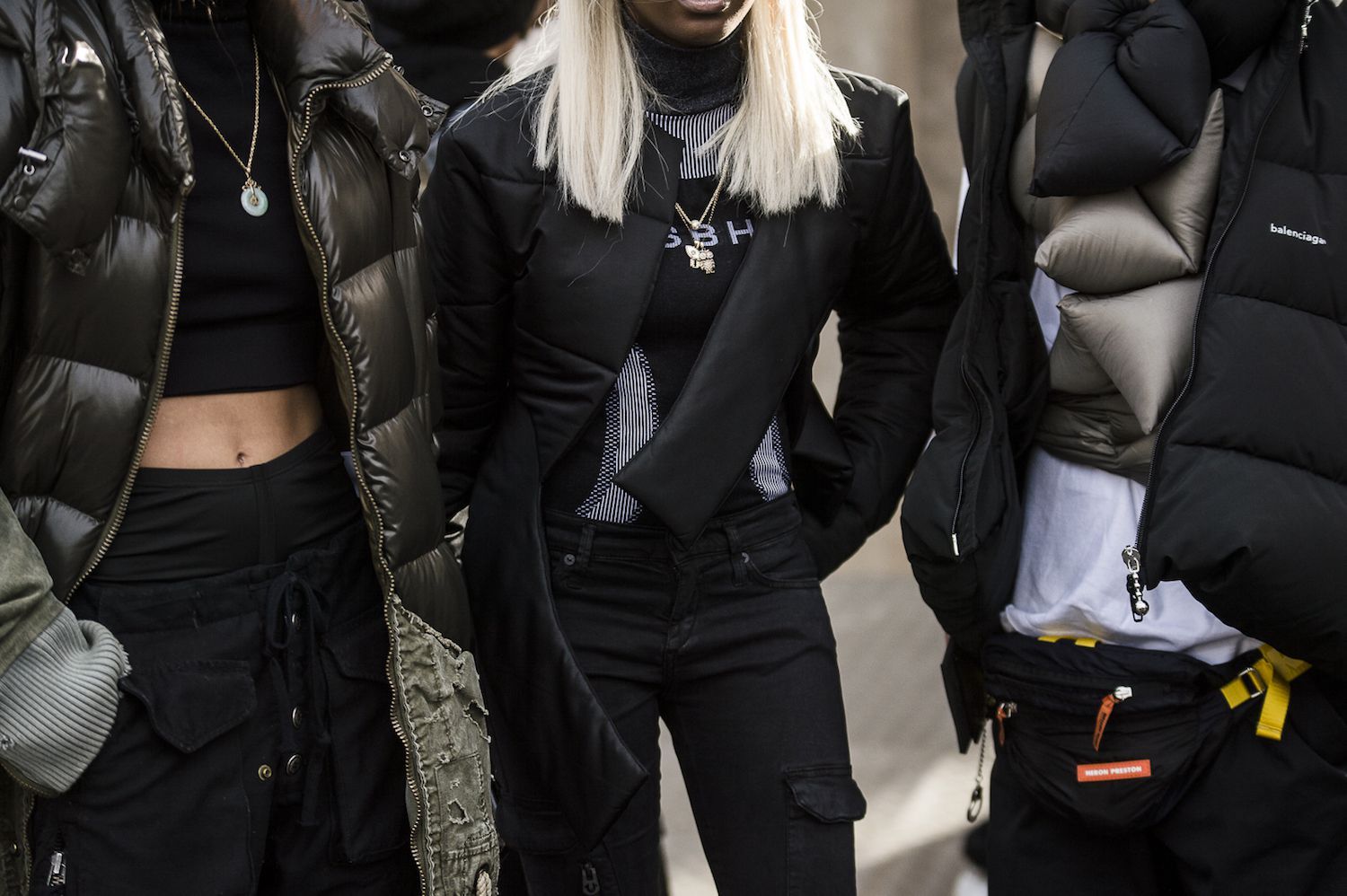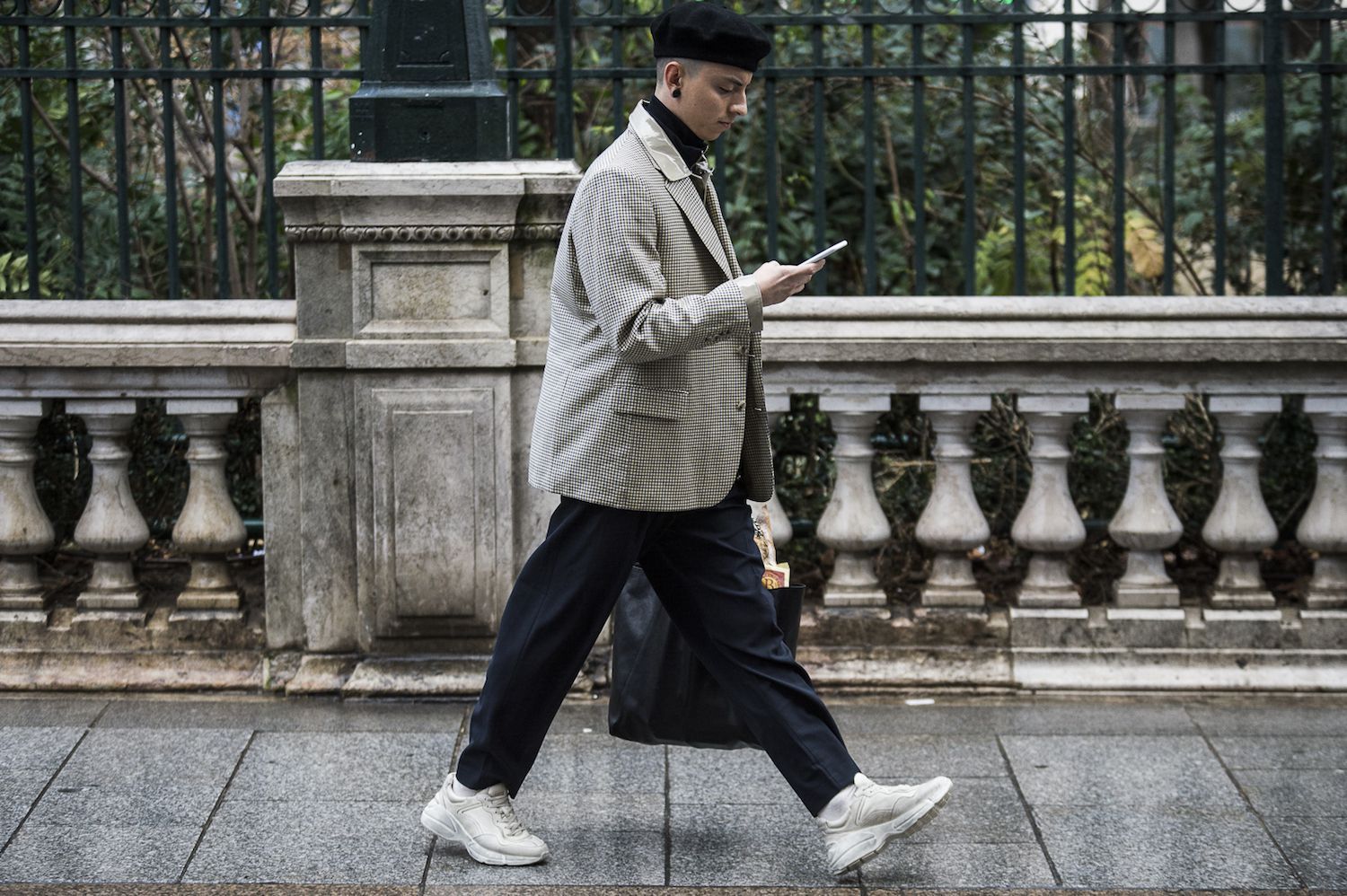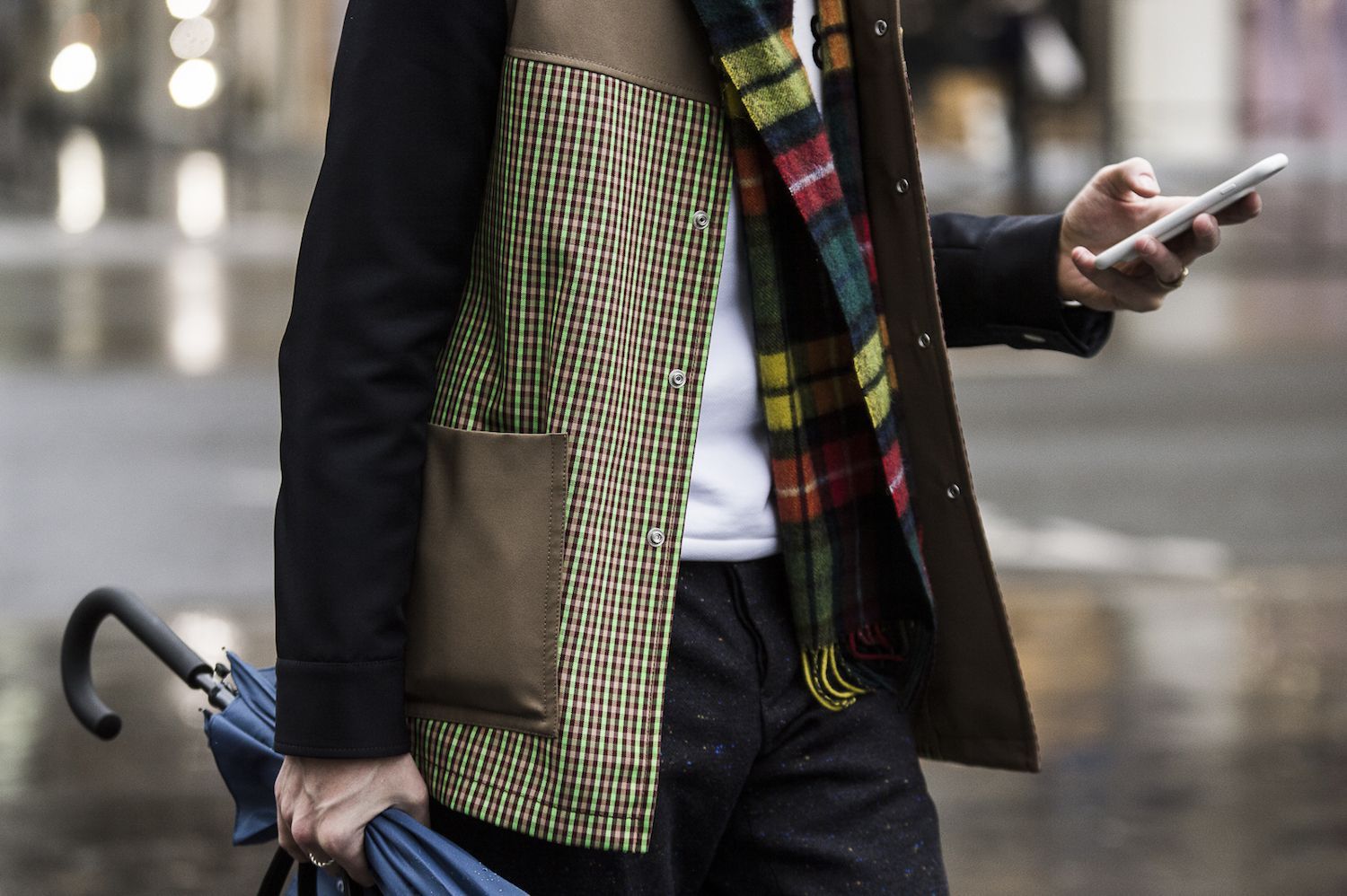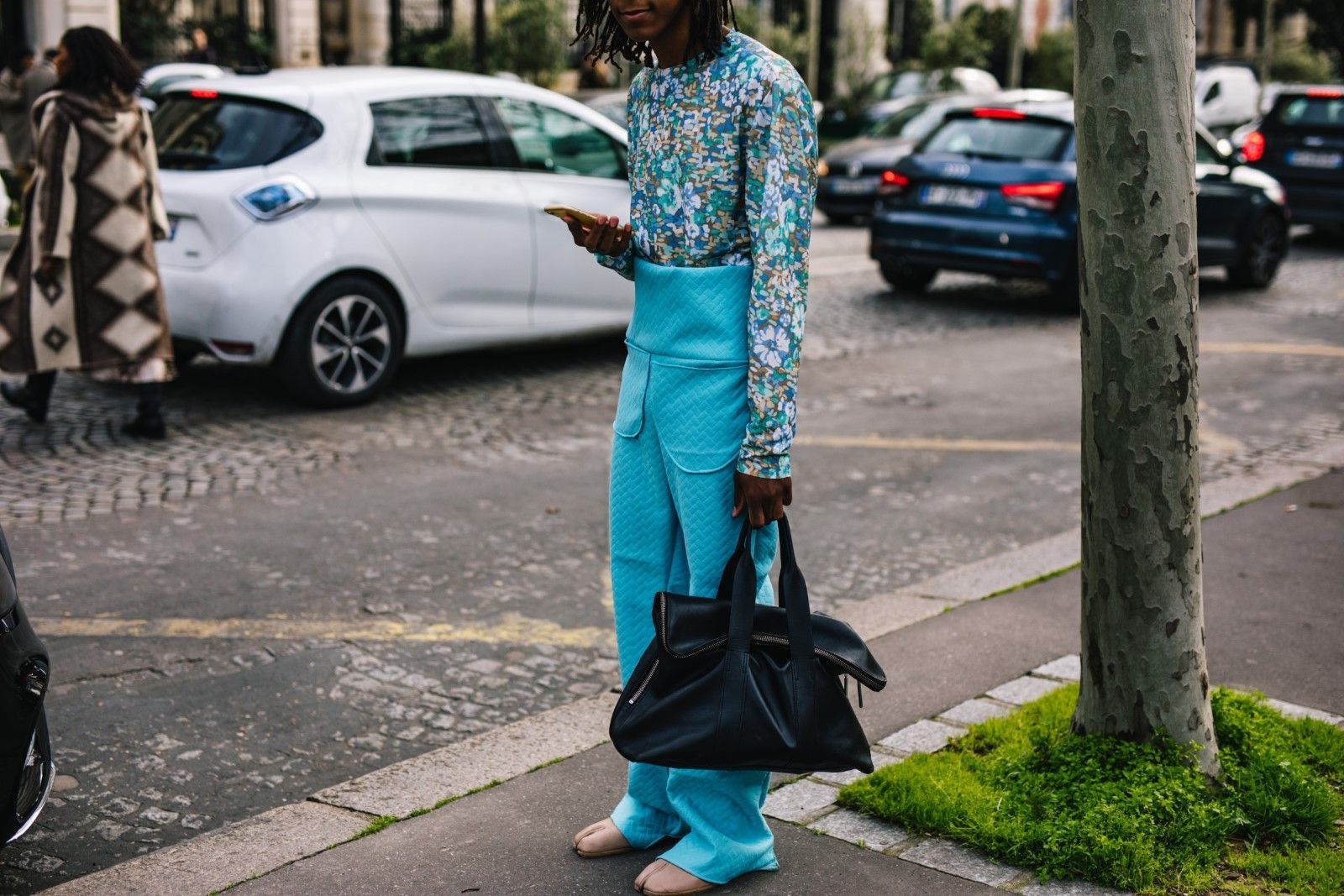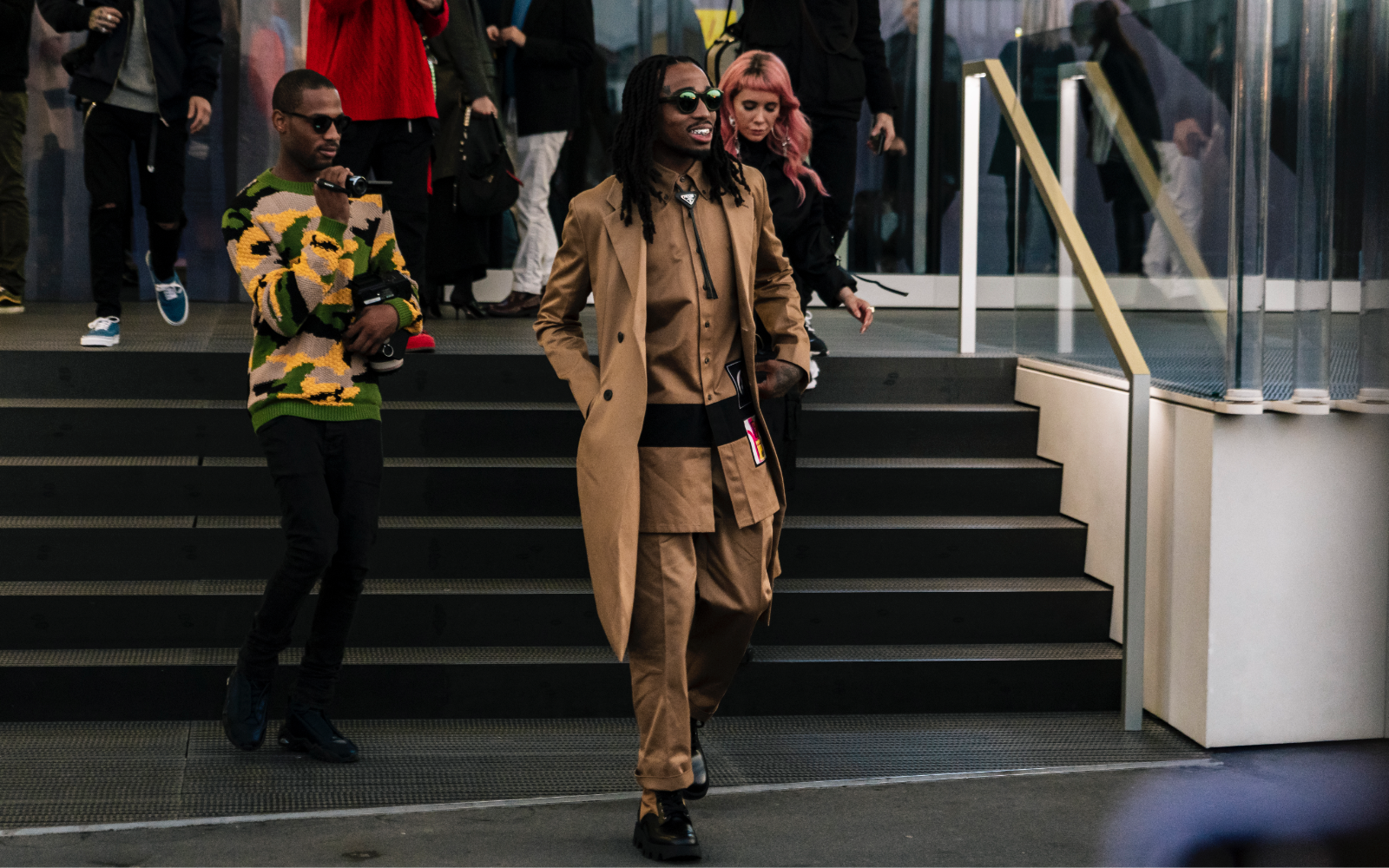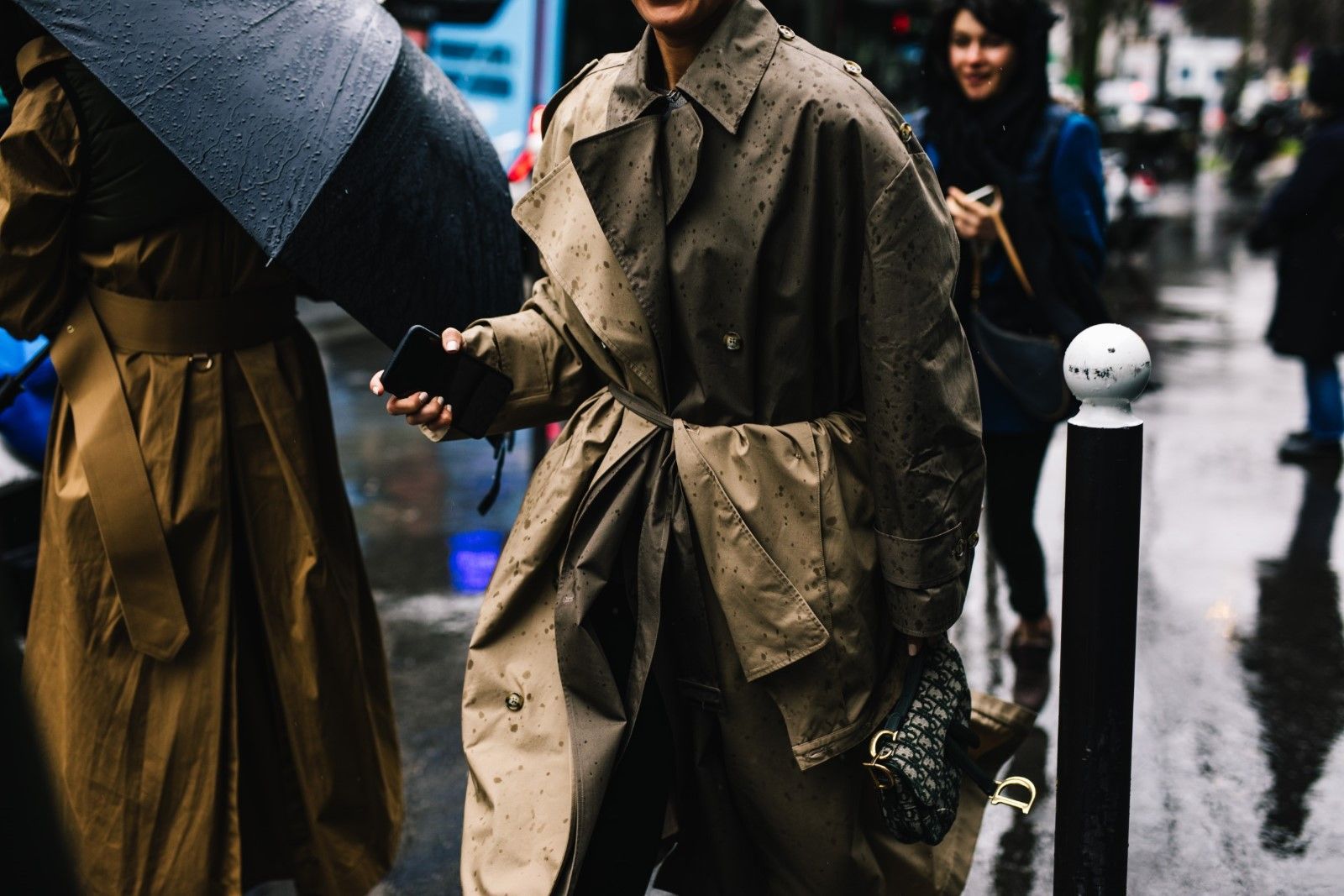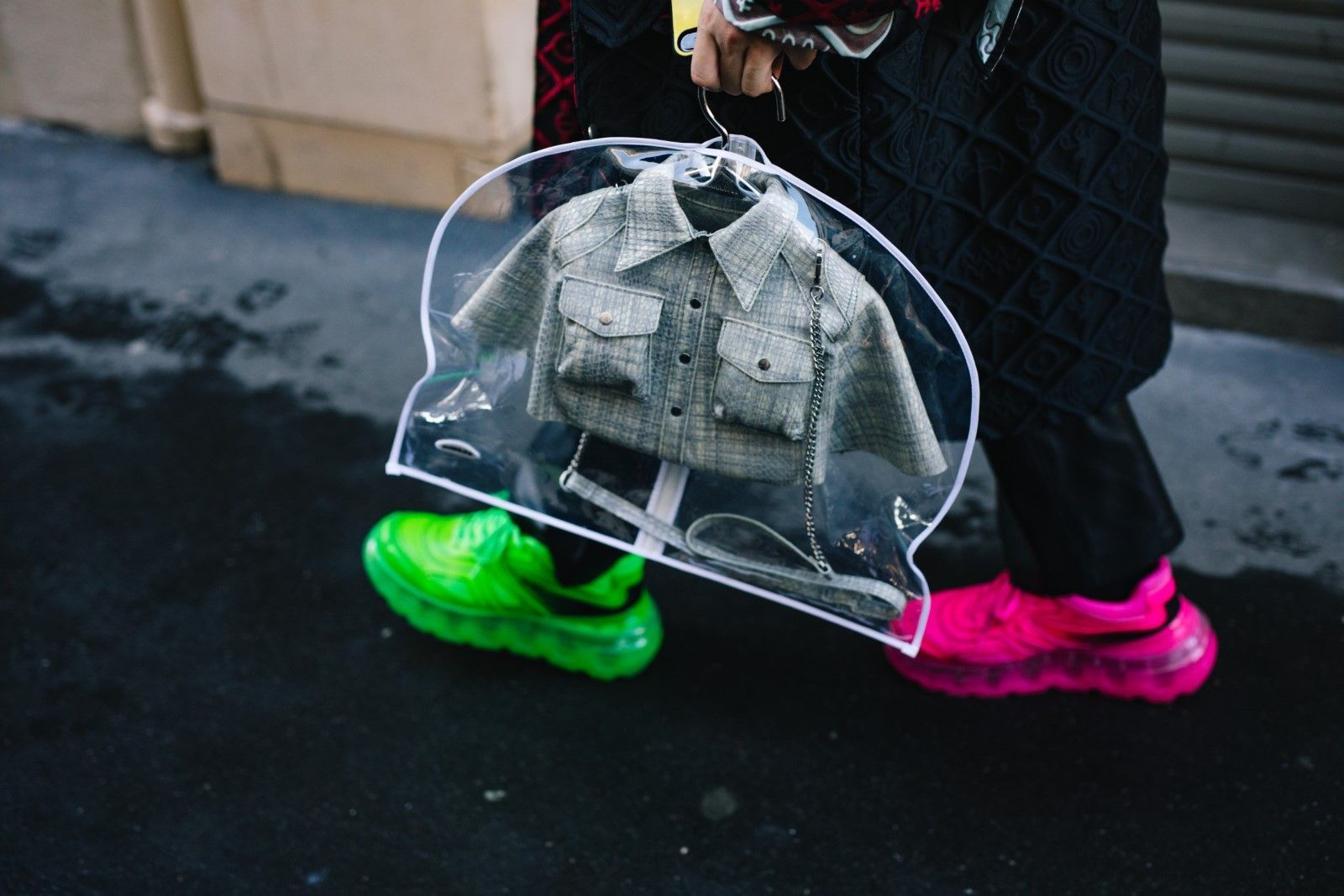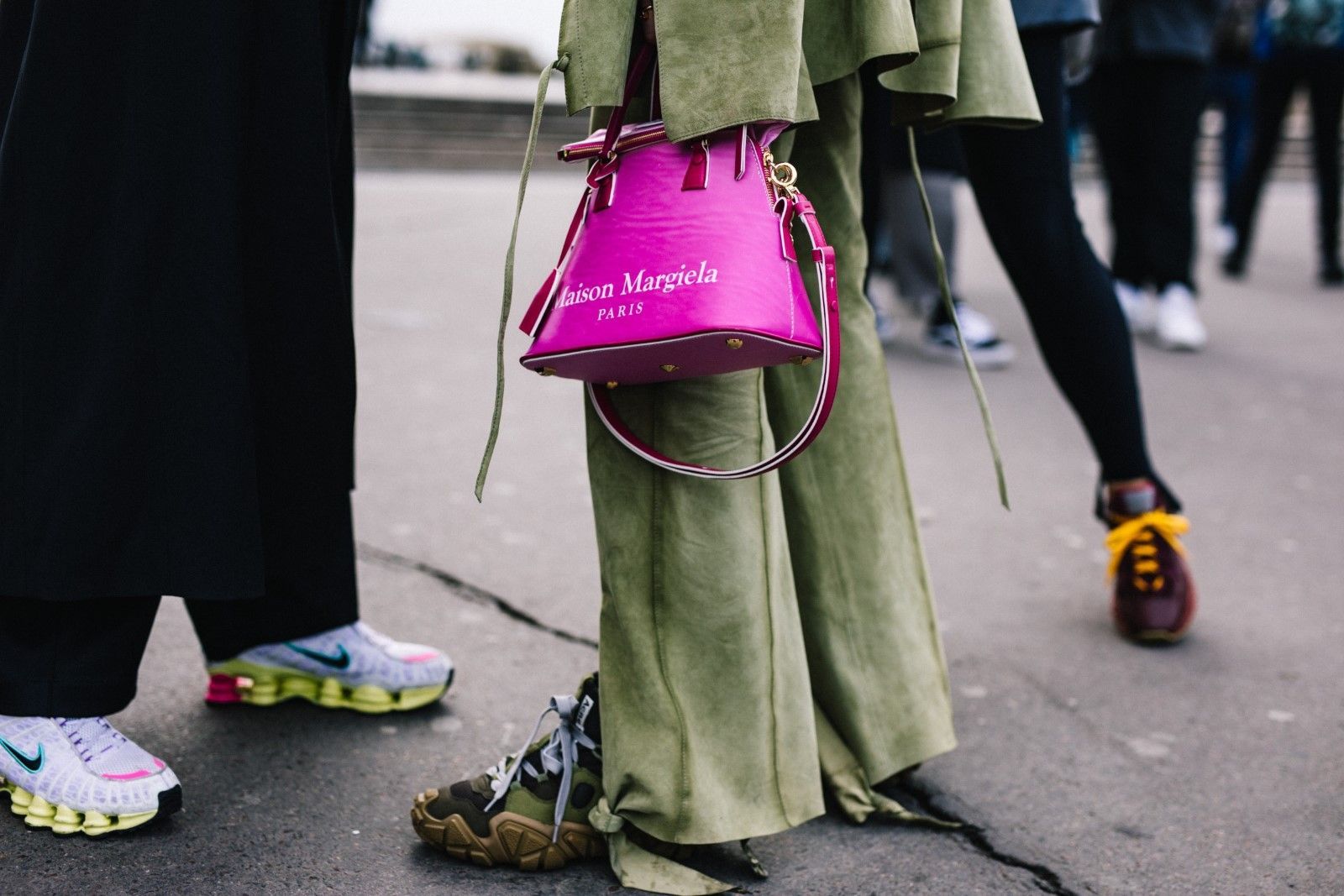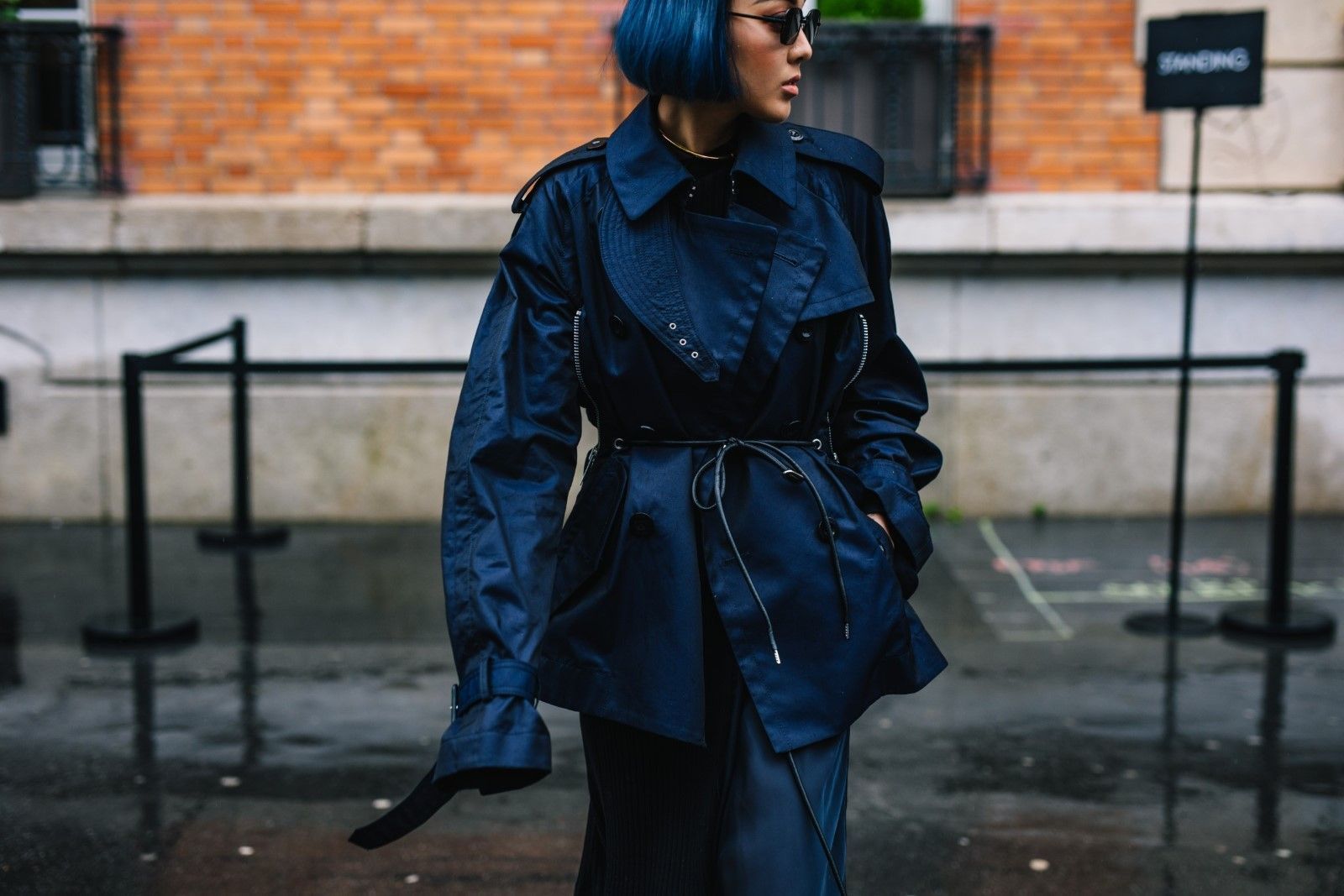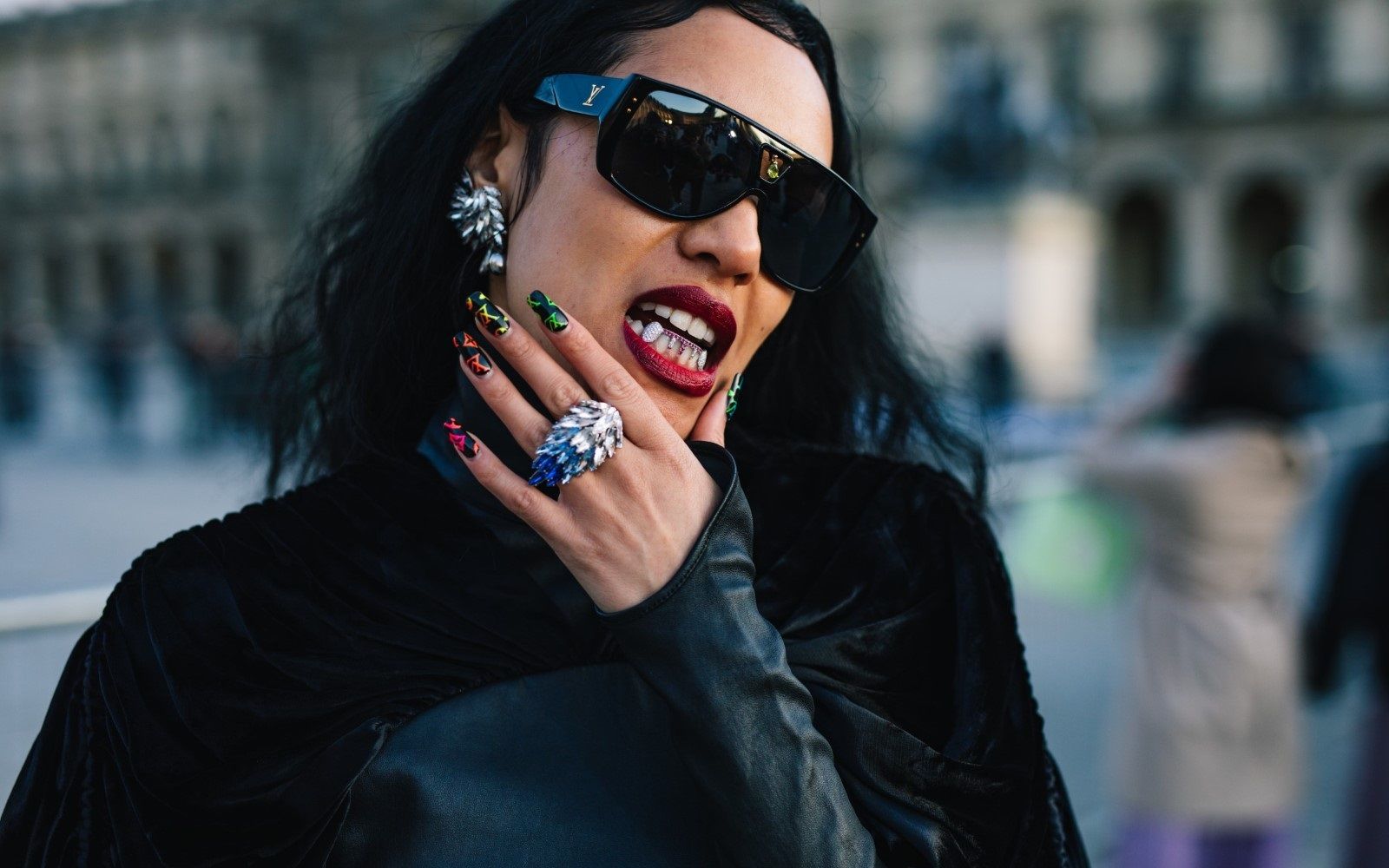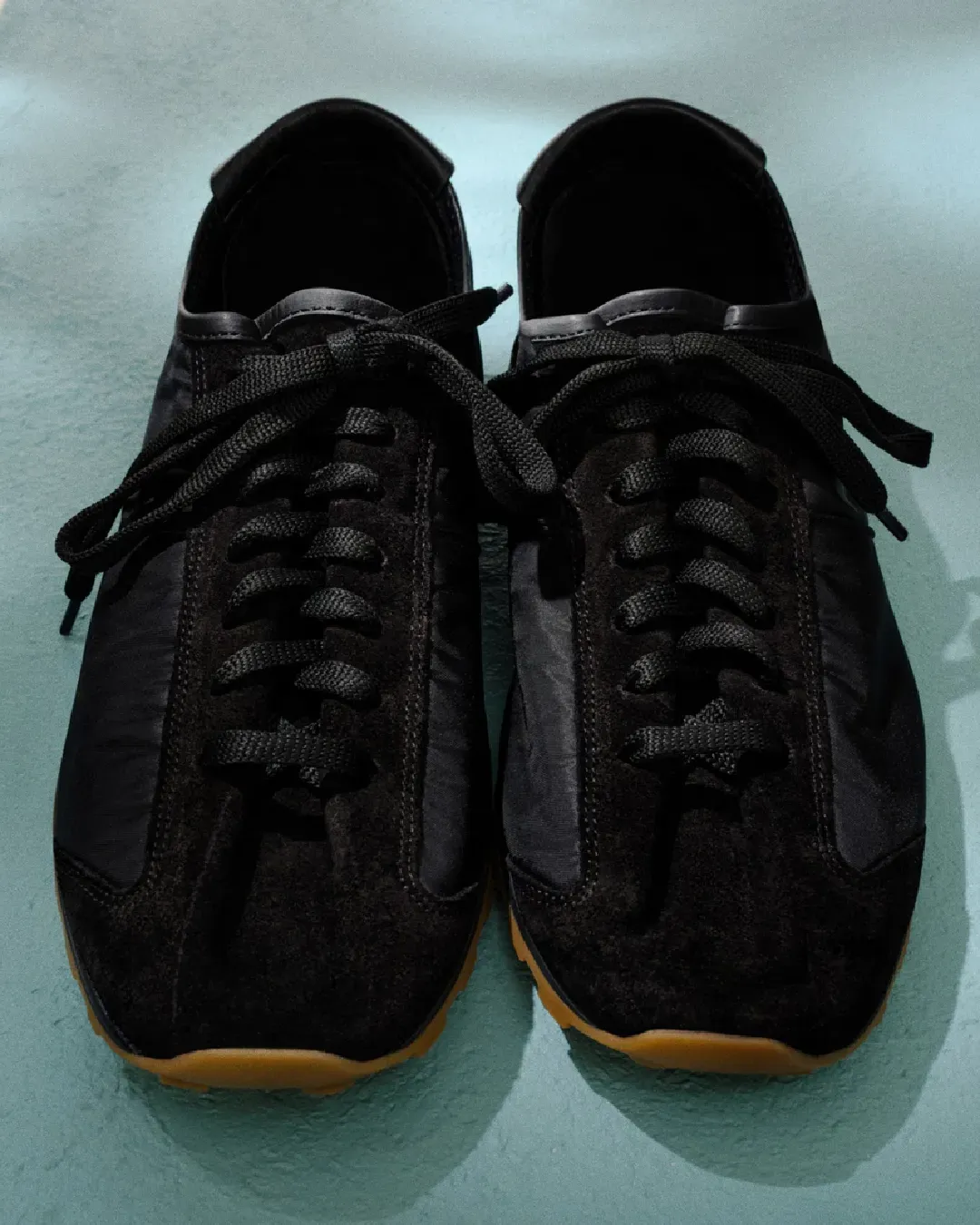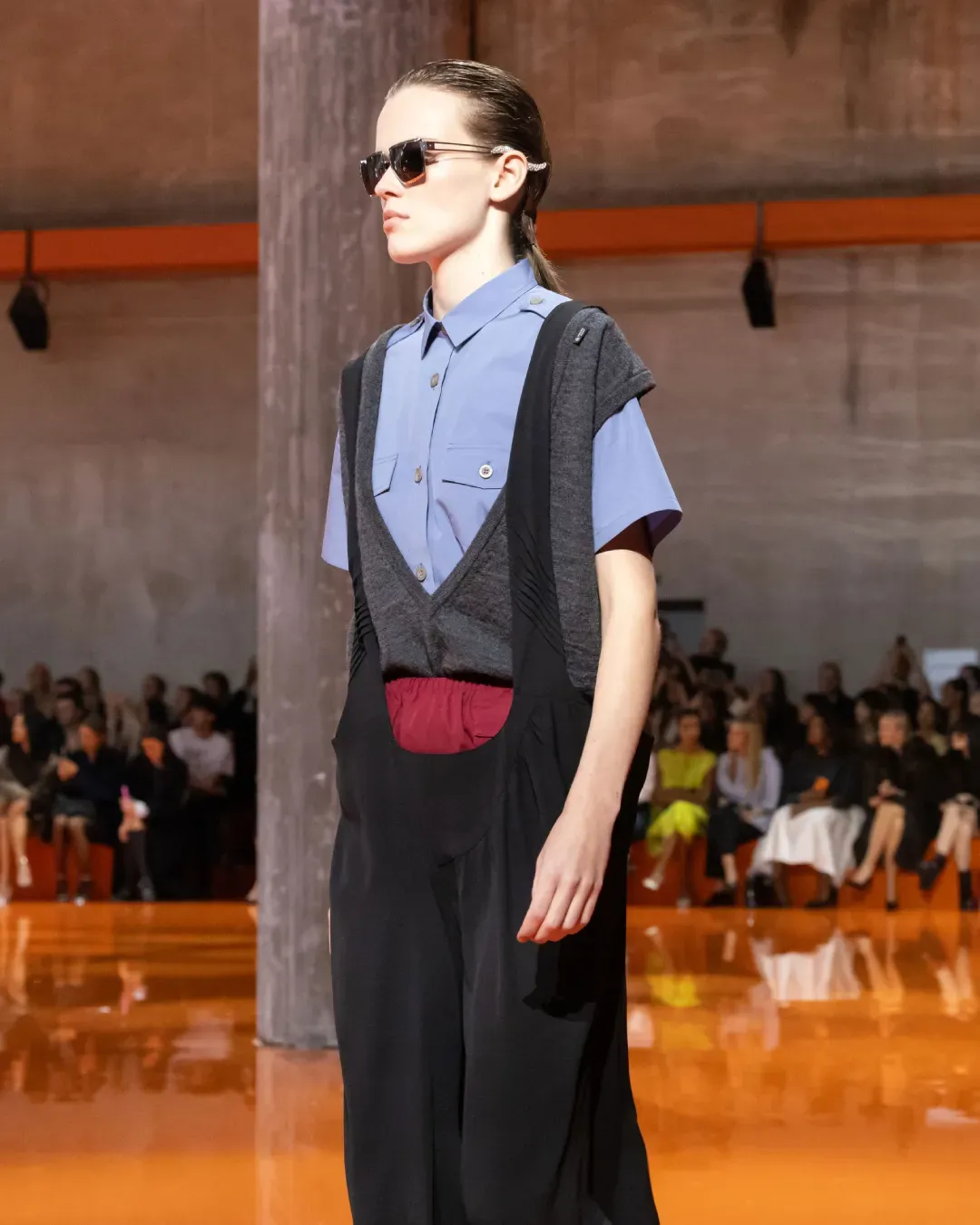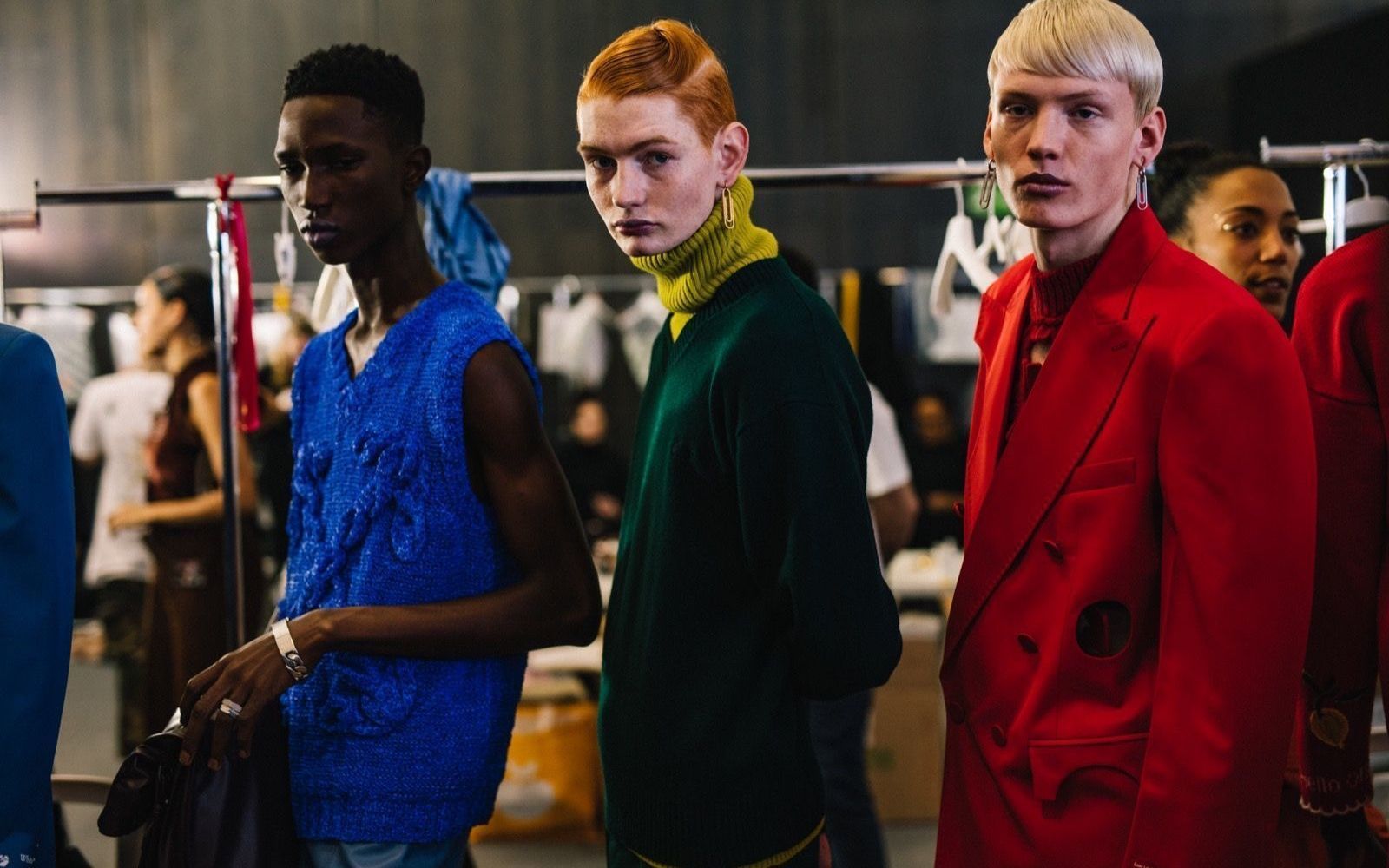
The Fashion Industry is in need of a new model 4 essential themes to consider for the re-imagination of the industry’s future
Finite Element Method (FEM) is a type of mathematical system that analyses complex figures through a series of finite areas - which is characterised by elements who mathematical properties are known. The use of these models allow for the description of the behaviour of certain systems in a linear way. It is clear that if we choose such method, a finite element, for example the engine or wing of an airplane , whose properties do not describe the degrees of freedom and the displacements that the body of the airplane can make, we would be making a mistake.
In other words, the choice of the model we choose to move forward is fundamental in order to ensure that the plane doesn’t collapse during the design phase. What’s currently happening to the fashion system is something in similarity to a “fatal error 5004” , which in the world of engineering, is an error which occurs when the behaviour of a body is described starting from an erroneous element.
The current pandemic has exposed the dysfunctions and distortions of the seasonal structure on which the fashion business runs: an old-fashioned and uneconomical model that influences the entire fashion chain, from initial production to Fashion Weeks.
In recent weeks, while London is organising an entirely digital fashion fashion week, opinionated attacks on the current structure of fashion system have come from many quarters: the most direct being that of Giorgio Armani, who in an open letter published on WWD, invited the brands to abandon the crazy rhythms of the seasonal and semi-seasonal collections. The first sign of such a concrete change has been Saint Laurent’s decision to abandon the rest of 2020’s Paris Fashion Week schedule , a move that will probably eventually be replicated. In doing our part, we have selected four thematic areas that will define the future of fashion for the next decade.
Fast Fashion and Luxury Fashion: Who will suffer the worst damage ?
All things considered, it is the fast fashion sector that is suffering the greatest damage from the pandemic. H&M recently announced the closure of seven stores in Italy after the first quarter of the year — a quarter which recorded a drop in sales of 24% in China. Adidas , after a 19.2% drop in sales during the same period now expects second-quarter data to deteriorate even further, possibly dropping to 40%, due to the slow recovery of the Asian market. Nike has also recorded record-breaking data regarding online sales, which however cannot cover the losses caused by the closure of its physical retail stores. The main issue, which is shared by other companies such as Zara and Uniqlo, is the management of goods in stock, management of warehouses and employees who are depending on them.
The luxury market on the other hand, seems to have resisted the crisis better. Kering has reported a -15% on profits in the first quarter of 2020 while LVMH has not released any official data. The big conglomerates are better equipped to manage the retail network and the problems of stocks , which will of course also affect the large luxury fashion brands: many of their new collections will never see the light of their store windows. What is worrying is the development of the long-term issues, in particular regarding China, who before the pandemic made up 35% of the primary luxury market. Most of the purchases in the luxury sector take place from shopping by tourists, which justifies the widespread presence of retail in the world’s major cities. However it goes to consider that after the pandemic, retail will no longer be at the center of the physical experience and the brand/consumer relationship will change radically, accelerating a change in the concept of luxury itself: moving further and further away from materiality and the matter of status and moving towards new standards like the exclusivity of an experience and the sharing of common values. In short, brands will have to prepare to communicate and operate on the basis of a new definition of luxury.
The future of Fashion Weeks and live fashion
«Enough with fashion shows all over the world, made through polluting trips. Enough with this utter waste of money for the shows, they are just brushstrokes of nail polish affixed to nothing,"said Giorgio Armani in his open letter.
The issue of Fashion weeks have been the elephant in the fashion room for at least three years and well before Armani, Tyler, The Creator, was one the first to call out the fashion system and criticise it’s dysfunctions. Fashion weeks are struggling to be attractive, or in more minor cases, really relevant, and this is due to their nature as an anachronistic show, due to a time when Instagram and social media in general could possibly replace them with significant savings of money and energy — money and energy that are instead poured endlessly into extravagant shows that last about 10-15 minutes.
A dense calendar of engagements and appointments drags the fashion circus into an exhausting pilgrimage that not only reaches to Paris, Milan, London and New York, but also important sector fairs, as we’ve seen in Florence with Pitti Immagine; the cities of the minor fashion weeks and the increasingly distant and exotic locations of the pre-collections and resort collections that up to this this year, were things that were the norm and would have touched Capri, Lecce, Tokyo, Dubai and San Francisco just to name a few - with organizational costs of constant trips, not to mention their ecological footprint.
The dynamics of fashion week are as old-fashioned as the values they reflect: the anxiety of not being in the front row, the change of clothes in the black benzes between one show and the other, the increasingly extravagant and conceptual invitations. In many ways, fashion weeks represent the last bastion of an exclusive fashion world, inaccessible and far from the common man’s despite - and very ironically - streetwear , the common man’s everyday wear , has taken control of the catwalks.
However, the shows still represent the most effective stage where a designer can give body to his vision, often with an engaging and innovative approach as in the latest fashion shows of big brands such as Gucci, Balenciaga and Louis Vuitton. The fashion shows remain the capital moment of the news - occasions in which fashion physically shows itself in all its ostentation and interacts with the cities that host them.
Today , considering the forced block of fashion weeks due to the pandemic, the fashion system has the opportunity to change all that, reflect on itself and what it has become and update its events to the spirit of the times. For this reason, London's decision to create a digital and democratic fashion week, which thanks to technology will give everyone an insight into the creative minds behind each collection, represents an exhilarating initiative that breaks this vicious cycle.
It remains true that technology can help up to a certain point and is certainly not able to 100% replace a physical momentum - nor should fashion deny the fantasy and magic that its events can inspire and express and that have given the industry an irresistible charm that has maintained over the decades. A possible solution could be a reorganization of these events, with a series of less institutional fashion weeks and an increase in cross-sectoral events linked to individual city realities.
What will become of sustainability?
Even if the discussion on sustainability has gone into the background compared to the abundance of news of the pandemic and the financial worries, the desire for a cleaner and more eco-friendly industry will not stop, especially in the case of younger generations whose civic conscience will emerge strengthened by the quarantine experience and which, in a special way, will constitute an ever larger portion of the clientele of luxury brands in a few years.
The opportunity presented by the pandemic and also supported by Giorgio Armani - is that of a fashion system more quantitatively contained in terms of production, collections and events — this opportunity should be seized and exploited to ride the inevitable change that will involve not only the economic sphere of luxury but its very reason for being. Now more than ever we will have to abandon green-washing practices and the consoling rhetoric of commitment to sustainability and move on to facts: destiny drags those who do not follow it and if fashion does not reduce itself, the pandemic alone will do it .
Parallel and secondary markets
China represents one the most important customers from an economic point of view for each luxury brand, however the ways of penetrating the market are not always perfectly transparent. In fact, many brands and buyers use parallel or secondary markets compared to the official retail channels. To give an example: an Italian buyer buys a million goods from a brand, failing to place it entirely on the market, he sells a part to a Chinese buyer at a higher price - that buyer will have a distribution network outside the official one of the brand of the goods themselves.
The practice of the parallel is now widely implemented in the fashion system, even if however it is a practice that hides significant risks for a brand: Vetements and Buscemi for example were victims of a parallel market invaded by the product and a consequent damage to the image . Today there are technological tools developed and interconnected to avoid these practices or at least to normalize them.One of these is the blockchain system, used by cryptocurrencies which is being implemented in all kinds of markets and which, if used as it should be in the fashion system, will guarantee greater security and transparency for all interested parties. In this case, fashion could start from technology and avoid operations conducted in the shadows which, in the long term, would damage not only the end customer, but also the individual brands and discredit the industry in general.


